The Ultimate Sardinia Itinerary
Nearly a year later, I’m finally diving into my Sardinia guides! One of the most special places I’ve ever been, I think I needed the time to let it all sink in. Sardinia isn’t a secret exactly, though it does still feel like an insider’s secret (for now); Italians have long chosen it as their escape which should tell you a lot since they’re generally known for being a pretty discerning group. Lately though, I’ve noticed it popping up more and more in my feeds and in travel guides, so while it’s always been a go-to destination particularly in the Euro market, I feel like it’s picked up hugely in the last couple of years as a destination for North Americans. Like Malta a few years ago, I have a feeling Sardinia is about to step into the spotlight as the it place, if it hasn’t already (low key, I’d say it already has).
So my advice: read this guide, take notes, and book your flights. The time to visit is now! And as I’m posting this at the end of August, if you’re looking for a last minute getaway, September into October is a great quiet time to go.
While my traveling has slowed a bit since Cal was born (though I’m planning for a major pick-up over the next few coming years), I have done my fair share of exploration and adventure so take my word for it when I say that Sardinia is unlike anywhere else I’ve been.
Beyond the staggering natural beauty (water so clear it seems like it’s lit from within, dramatic cliffs descending into the turquoise sea, and sweeping inland hills dotted with vineyards and farmland), it has a culture that feels instantly alive the second you arrive.
You immediately get a sense that the locals are Sardinians first, Italian second (if they consider themselves Italian at all; I got mixed responses when I spoke with the locals!). The Sardinian culture is so strong and so rich, you quickly feel immersed in its unique magic.
A Little History
If you’ve been around awhile, you know the drill. I’m a hardcore history nerd and need to level set on a bit of history no matter what the destination is, but particularly for a place like Sardinia whose history stretches back eons, this is so important to highlight!
When I say it stretches way back, I mean it stretches way back. Long before the Romans, Sardinia was home to the Nuragic civilization, whose stone towers (called nuraghe) still dot the island to this day. These mysterious structures date back nearly 4,000 years, which is honestly hard for me to wrap my head around. Over the centuries, Phoenicians, Carthaginians, Romans, Spanish and others all left their mark (and depending on where you go on the island, you’ll see these cultural imprints to different effects location-to-location), but Sardinia always kept its independent spirit.
The second largest Mediterranean island (Sicily gets the top spot), there’s over 24K square kilometres to cover so it also goes without saying that each pocket of the island also has its own history and culture. La Maddalena, an island in the northeast tip where we started our trip, is an example of this; it even has its own language (Maddalenino, kind of a mix of Corsican-Sardo). It was such a great way to kick off the trip because it felt like this encapsulation of exactly what makes Sardinia so special; the deep local pride, the centuries-long heritage and the way they honour their culture. On that note, let’s dive into the itinerary!
The Itinerary
La Maddalena
We flew into Olbia (which is going to be your likely entry point if you’re coming into the north, unless you go west to Alghero or south to Cagliari) from Amsterdam, where my sister lives. On Olbia quickly before moving on to the actual itinerary: I spent a bit of my last day there as I had some awkward timing before my flight. Would say it’s not really worth visiting for much more than that; lovely town of course but there’s so much more charm elsewhere and your time is better spent exploring the rest of the island.
Moving on to the itinerary, we began our journey that evening driving into La Maddalena, a cluster of islands off Sardinia’s northeast coast. You’ll need to take a ferry (you can book ahead or on the spot) and drive your car on to get to the island. As a family that goes to the Sunshine Coast every other weekend almost, this felt oddly homey and very familiar!
My older sister and I based ourselves right in La Maddalena town, the namesake town (and really, the only true town) on the island of La Maddalena. It is such a beautiful little town; jumbled cobbled streets and a harbour that’s still a working fishing port as opposed to a touristy show. From here, the best way to experience the area is by boat. We spent a full day sailing through the archipelago, anchoring in the middle of turquoise waters, diving into the impossibly clear water (seriously, I think I’ve only been in Molokini and had water this clear!) and discovering islands like Spargi. Sometimes boat tours are negotiable, but I’d say this is 100% a non-negotiable in La Maddalena (a common theme you’ll hear on any other east coast stops!).
We went the day afterwards on a really incredible hike through sun-dried trails, past local sheep and craggy rocks to eventually discover one of the most gorgeous beaches I’ve ever been to: Cala Caprarese. We were so desperate for a swim at this point, it was truly the best feeling getting into the water! Will share more specifics about this hike and others, including some best practices I wish we had read up on beforehand (but that didn’t deter us from the most unreal experience).
For on-land activities, rather than La Maddalena’s gorgeous namesake town, you can drive the Strada Panoramica around La Maddalena, stopping at beaches like Spalmatore or Punta Tegge. The island is small so you could totally do it in a day, but again if you’re limited on time I would really recommend getting out on the water as much as possible! We had some inclement weather on one day so ensuring we soaked in the sun on our good day out at sea was the best call ever.
The Baunei Coast
Next we made our way south along the coast, stopping first a bit inland at this gorgeous mountain town called Posada. Really recommend this as a stop after you’ve taken the ferry, done your first leg of the drive and want to stop for an espresso and walk about! Posada is one of Sardinia’s oldest settlements, crowned by the ruins of Castello della Fava. The climb up through the medieval streets is steep but short, and so worth it to take in the sweeping views of the coastline and hills below, and to discover the beauty of the town as you snake your way up to the top of the hill.
We carried on towards Cala Gonone, though we didn’t actually stay there! More on where we stayed in a second but want to highlight Cala Gone first as it’s usually a base for exploring Sardinia’s famous eastern shore. The Gulf of Baunei is famous for its vivid waters, dramatic sun-bleached cliffs with their sheer drop into the ocean, and their renowned beaches (including Cala Mariolu, which I believe just won best beach in Europe this year!).
We were torn between hiring our own boat or going on a charter. Because we’re ocean people, we decided to hire our own boat, which was really fun and I’d still recommend it but looking back, I’d probably go with a charter for a few reasons. I’ll be sharing guides for each location/region in greater detail so won’t get into it here, but long story short if it’s just you or a couple of you I think it just gives you a bit of a more chill experience!
Now to where we stayed while by the Baunei Coast! As mentioned I’ll share more detail about this all because Dorgali really deserves its own spotlight, but I fell in love online with this hotel in Dorgali and after seeing how close it was to Cala Gonone, felt called to stay there instead of in the more touristy hub on the coast. I do not regret this call in the least. Dorgali gave us a quieter look at Sardinian life, and we both agreed it had the most incredible potent, creative, witchy energy.
Goldsmiths still work the same techniques that have been passed down for generations, and I had an almost mystical experience choosing a piece from a really famed artist there. The food is hearty and delicious, paired with Cannonau or Vermentino (two of the wines that you can find just outside of Dorgali). It’s a reminder that Sardinia isn’t just about its coasts! The mountains and villages inland are equally worth exploring, particularly for an island with such rich shepherd heritage.
Alghero & The Catalan Coast
Driving westward, the landscape shifts. First of all, picking up on my last sentence from the previous section, there is so much beauty in Sardinia’s inland areas. We were honestly enthralled by the gorgeous golden greens and rolling hills as we drove east-to-west across the island. We didn’t stop at Bosa but it is a really popular spot with its colourful buildings stacked along the River Temo. Again, we were tighter on time than I wish we were, so didn’t have a chance to stop but 100% would’ve.
We eventually ended our coast-to-coast journey in Alghero, a town with distinctly Catalan influences. You can feel the Spanish influence in its gothic churches, in the food, in the architecture you discover as you wind through the narrow lanes of the old town. I was so beyond excited and almost hyper-focused on Baunei I didn’t really think much about Alghero, but wow…it took me entirely by surprise and we were both so in love with this beautiful town.
The west’s coastline feels very different than the east, but there are still lots of opportunities for seaside exploration here too, we just were limited to a couple days so mostly soaked in our unbelievable hotel (Villa Las Tronas, I have a whole post about that coming soon because it was so incredibly special) and old town.
My Takeaways
Looking back, our itinerary was…ambitious. Sardinia is large, and distances that look short on the map or even on Google Map often stretch out because of winding coastal roads, trying to navigate tiny lanes (get your car rental insurance!) and needing to account for unexpected stops and visits. If I were to do it again, I’d give myself more time in fewer places. But even at this fast clip, the island left such an impression and I don’t regret covering as much as we did because in this season of life, I can really only take a week away from Cal at most and I think I would’ve regretted leaving any of these stoned unturned.
My biggest takeaways:
- Base in La Maddalena for a few nights to see the archipelago properly by boat, and to get to do the hikes too.
- Plan at least one eastern coast boat day from Cala Gonone, but if you can stay longer so that you can budget for inclement weather (particularly if you also travel shoulder season, this can be rain but it can also be wind!), you’ll ensure you get that special experience in.
- Don’t skip inland villages like Dorgali or Posada for food, wine and culture.
- Give yourself a slower few days in Alghero to end on a relaxed note, and ideally budget for more time than we did (I’d say a minimum of 3 nights) so that you can explore a bit more outside of old town too.
- Always order the local wines and ask for local recommendations! Sardinian cuisine is so special and so rooted in its history, it is such an important part of the experience.
- Definitely order a car, and get that rental insurance. Driving the highways and larger roads is no problem, but the lanes are teeeeeny tiny for those of us who are used to North American roads. Ask for a smaller car if you can and make sure you have good coverage in case scratches happen!
- Most people speak English, but my basic Italian actually came in handy far more than I expected. We encountered quite a few locals who speak little to no English (which I have always felt strongly about and for; I feel like it’s so silly and entitled to expect people to speak English everywhere you go, I really believe in making the effort to try to communicate in the language of the place you’re visiting unless the other person lets you off the hook!). So long story short, it’d be beneficial to learn just the basics so that you can communicate easily enough when needed.
- As mentioned, I wouldn’t recommend the length of time we went for. That’s entirely just a me and my current life stage kind of decision. 2-3 weeks would be ideal. 3 weeks especially would let you really see the island, and even potentially include a trip to Corsica which is somewhere else I’m dying to go.
Sardinia is truly like nowhere else I’ve ever been. Where we were, it’s rugged in the most cinematic, spectacular way, but its history is also felt so keenly everywhere you go, from the gorgeous coastal towns to the beautiful mountain towns (many that are blue zones actually, with centenarians still climbing up their steep lanes well into their 100’s!). Alghero was like a storybook steeped in time. There’s also a whole side of Sardinia we didn’t see, which is quite glitzy and luxurious. It is truly one of the most culturally unique, historically rich and just naturally beautiful places I’ve ever been.
Coming up next: my guides for La Maddalena, the Baunei Coast and Alghero! Any questions, just send me a quick note or leave a comment below! I can’t wait for you to discover this unbelievable corner of the world for yourself.

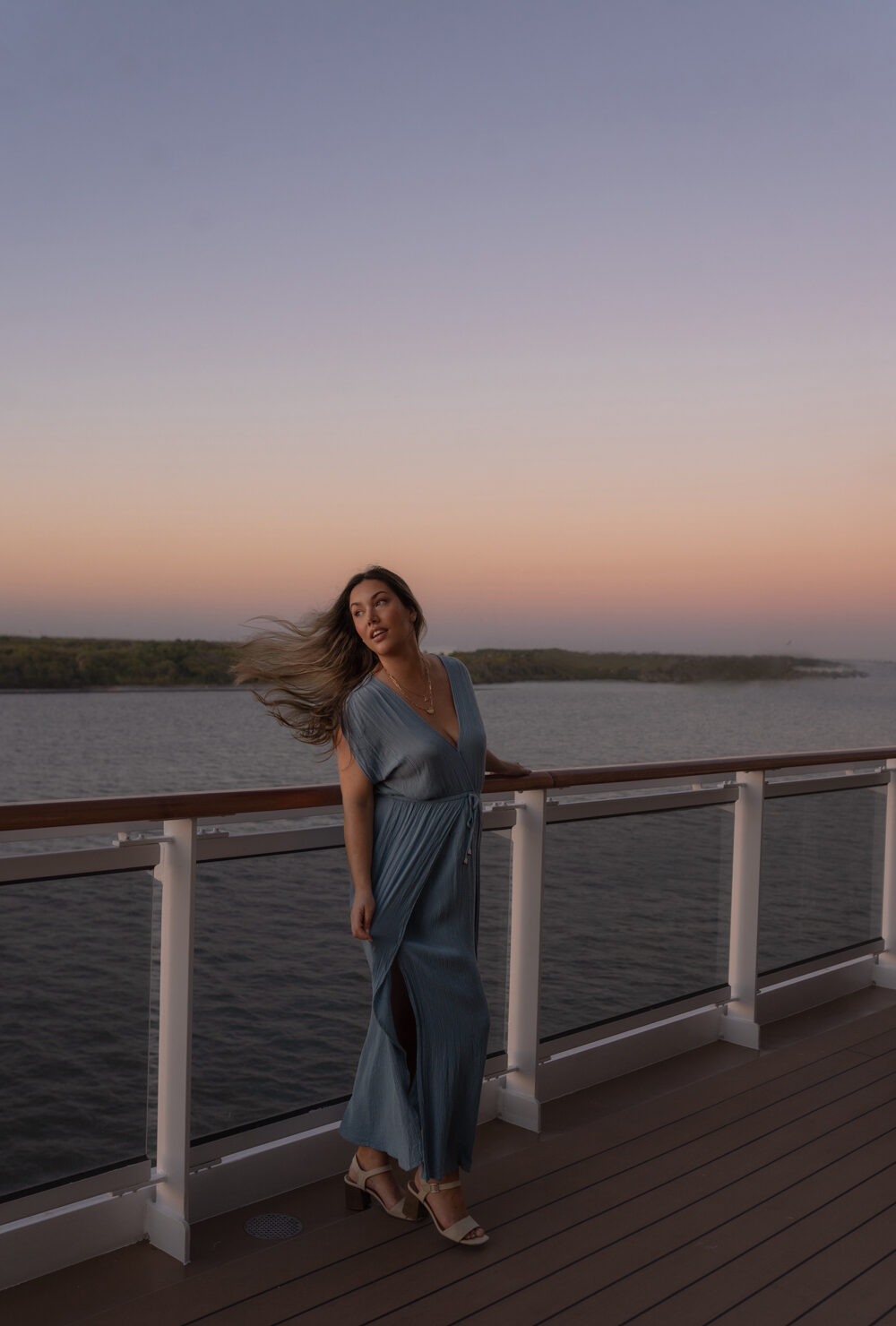
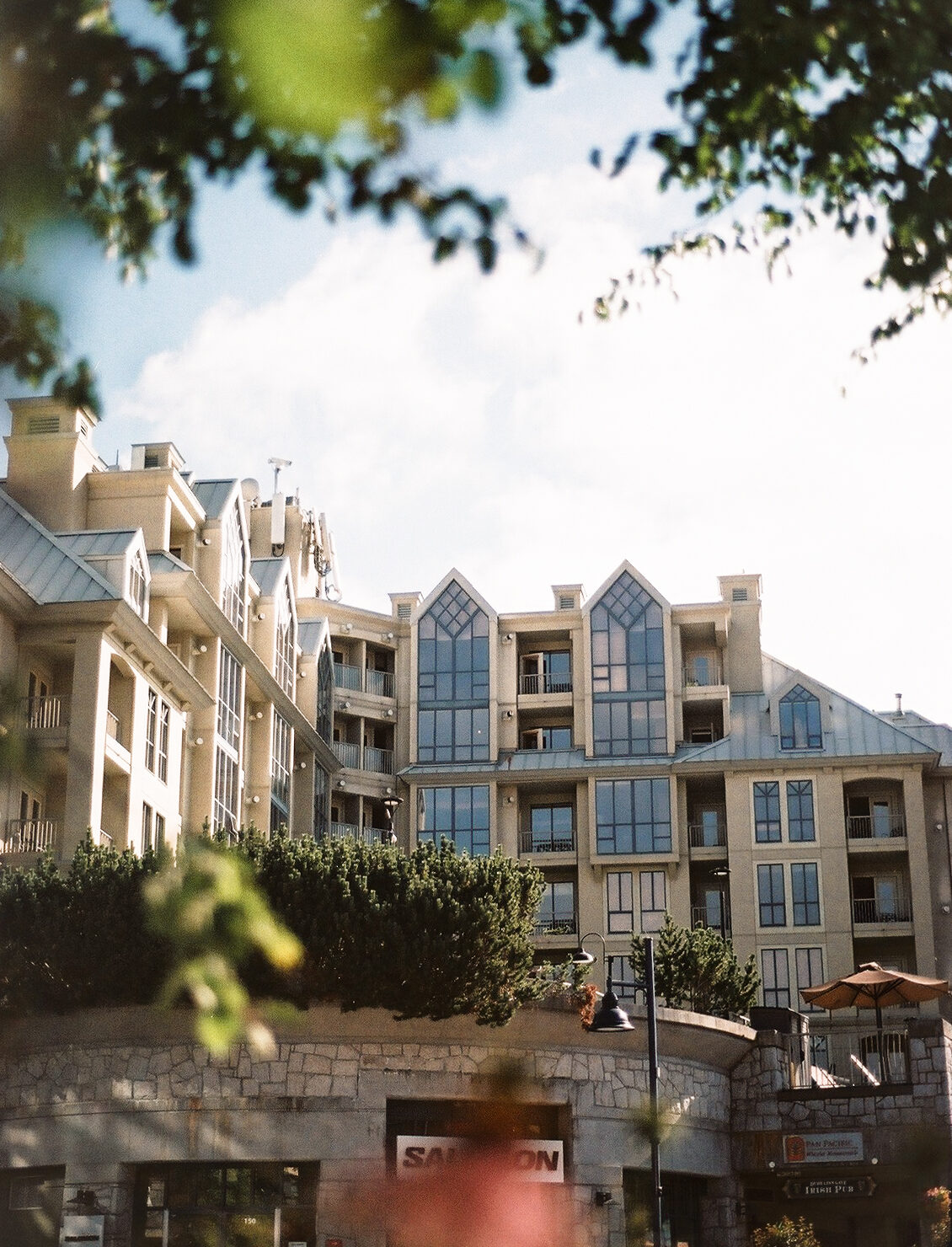
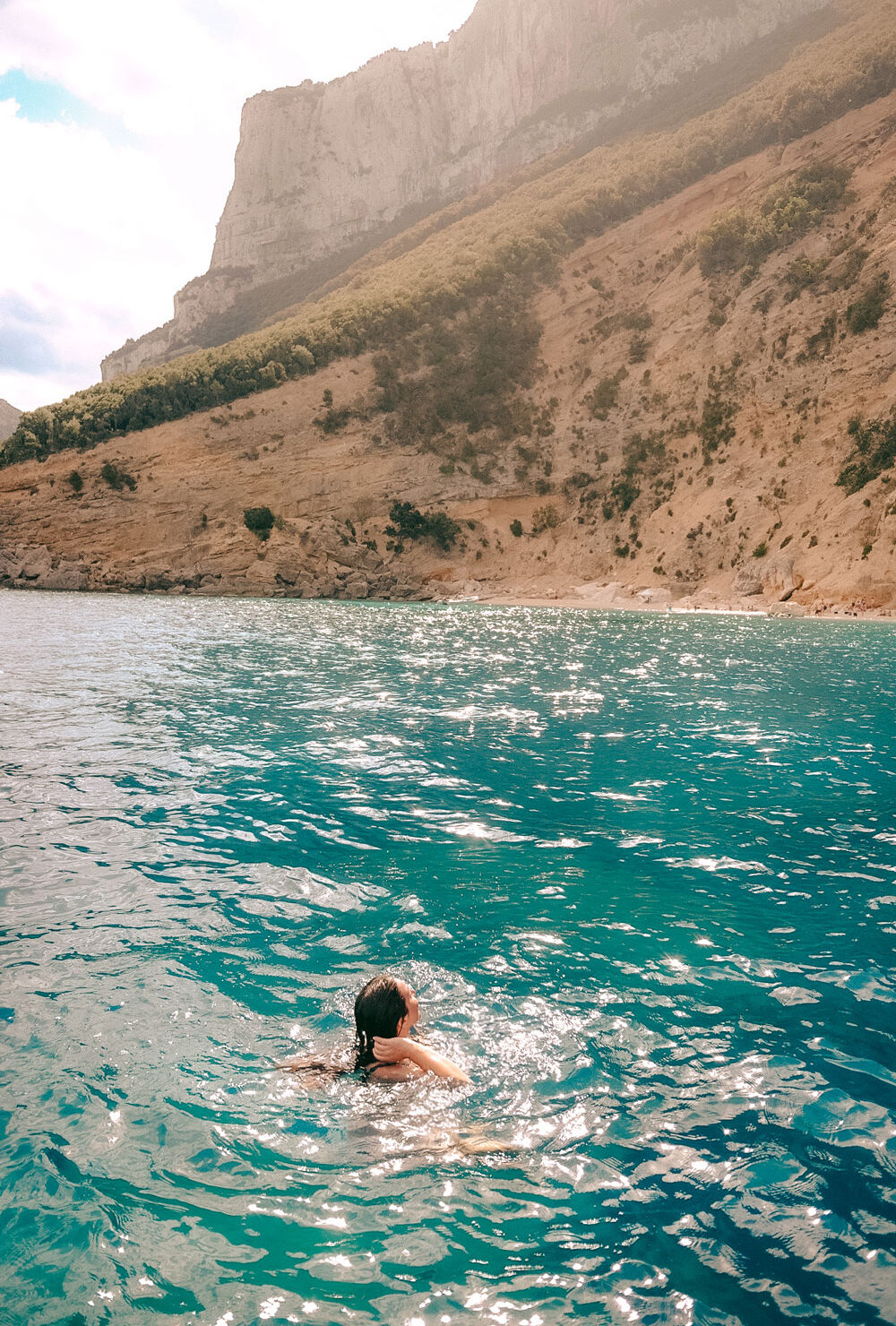

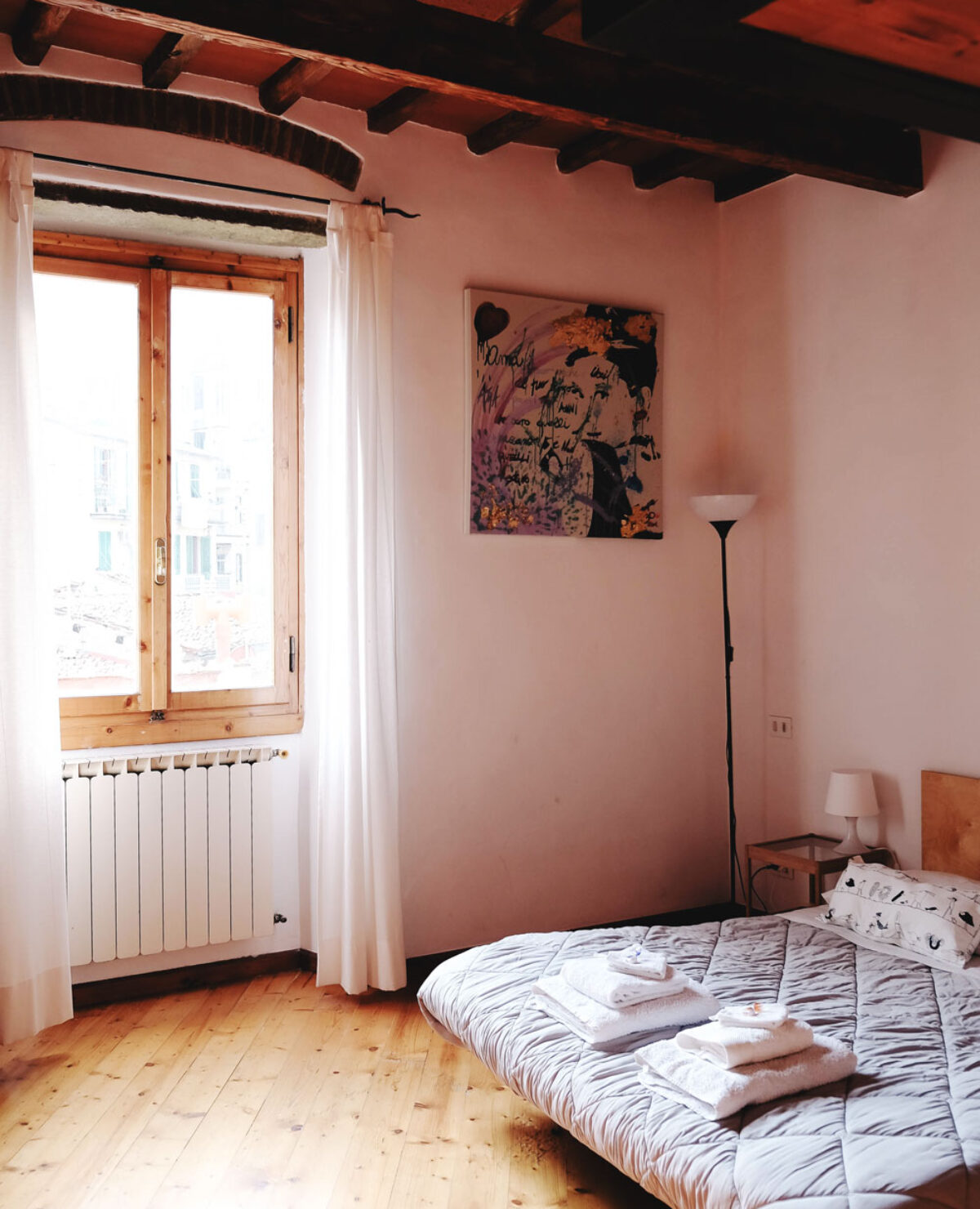
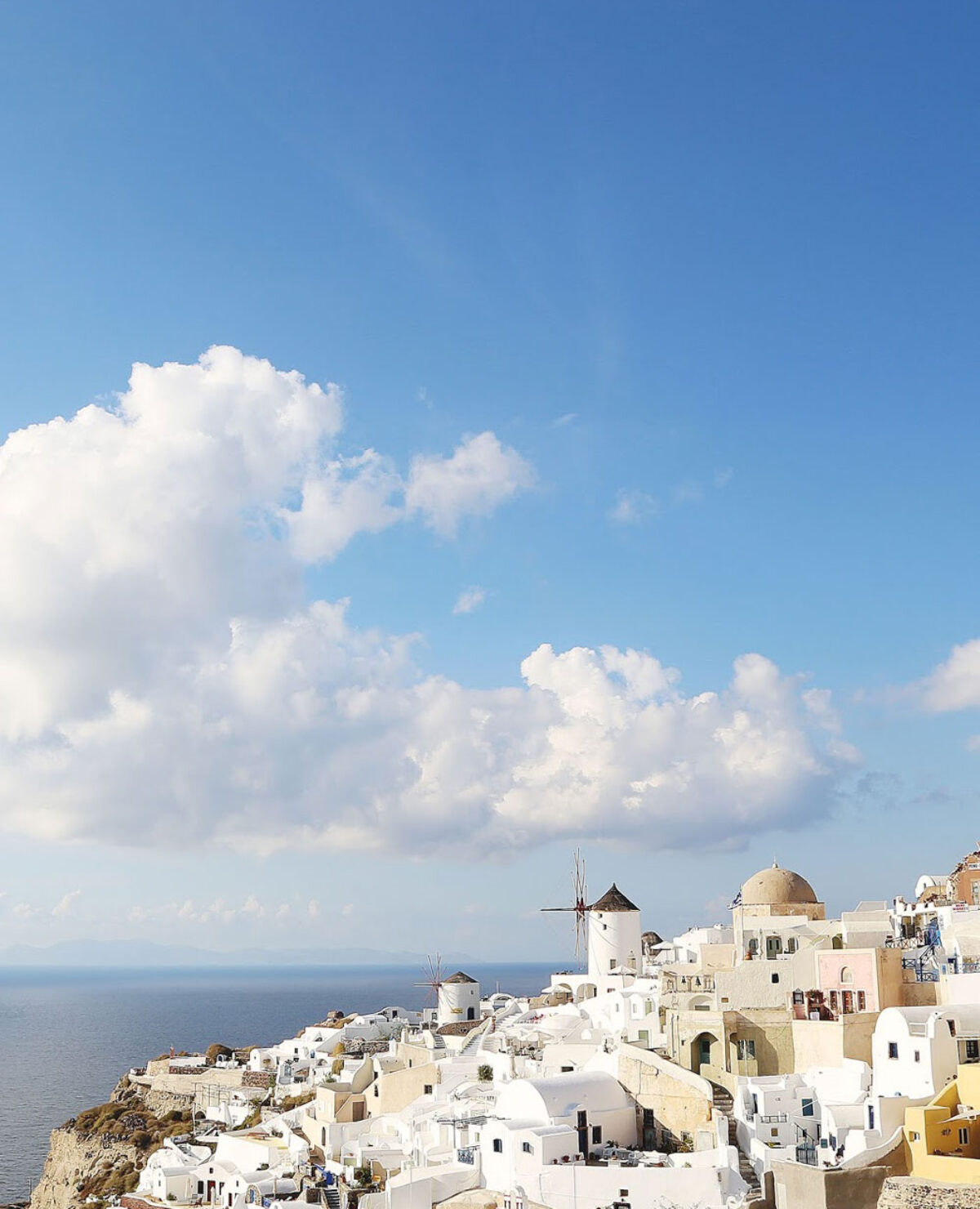
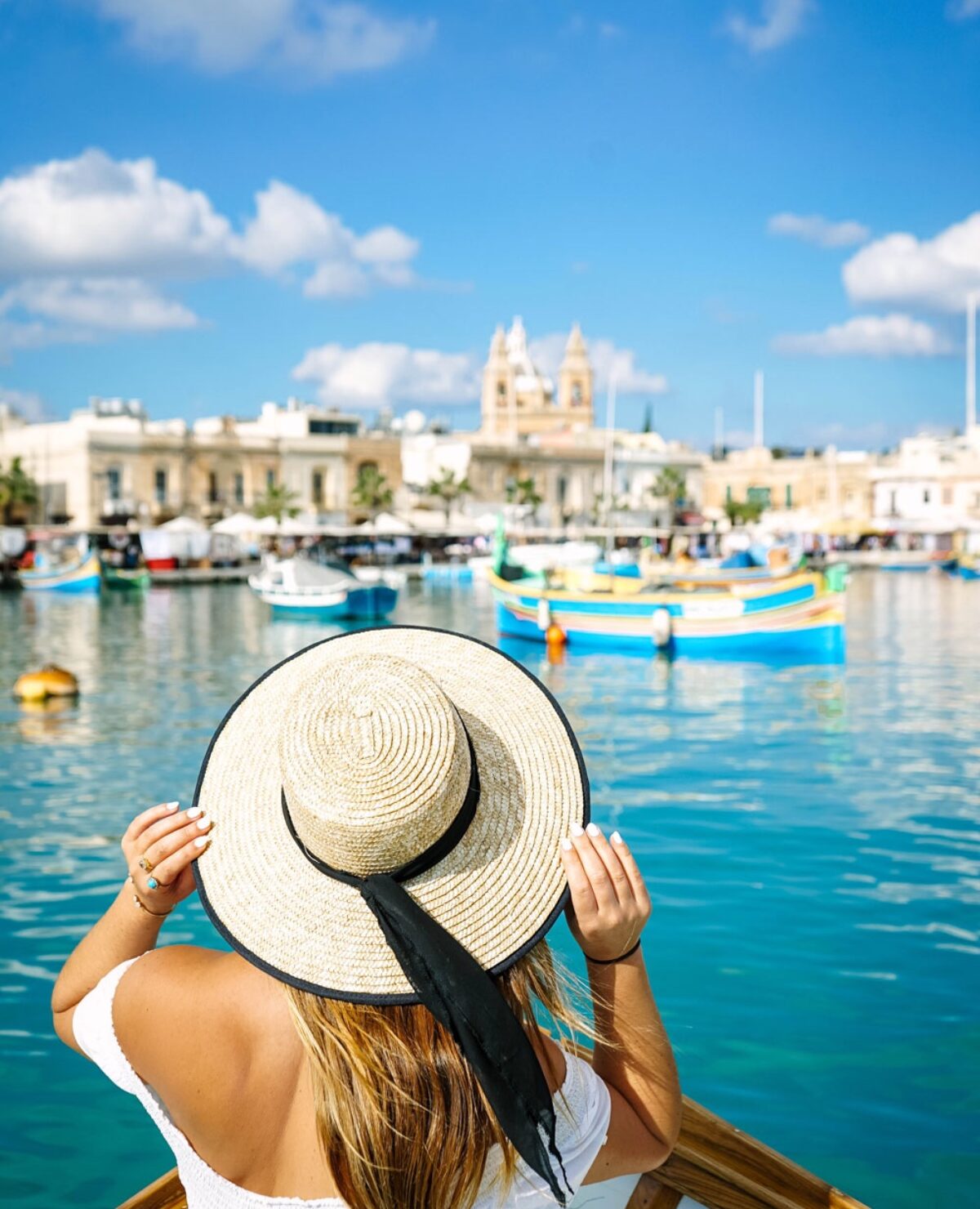
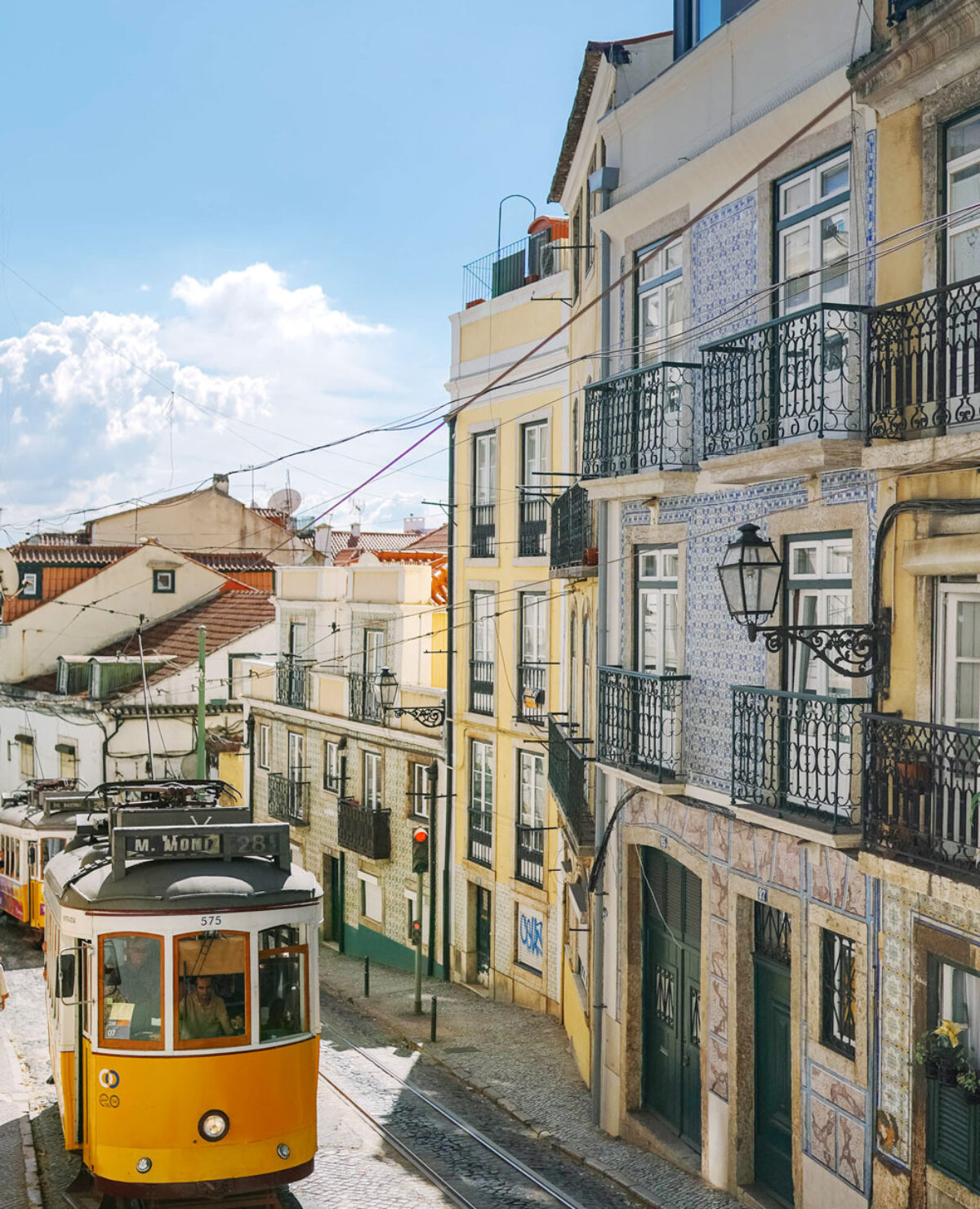
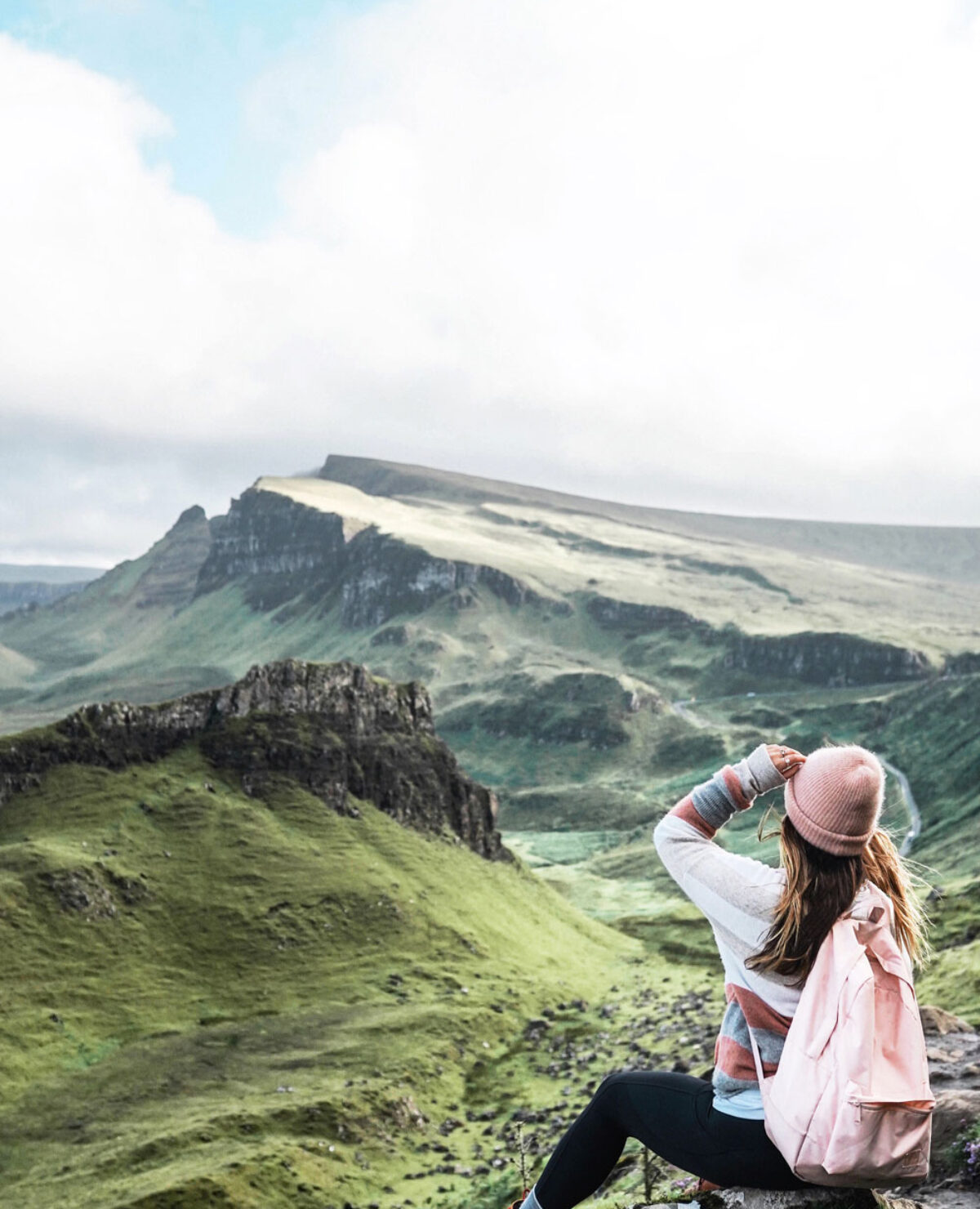
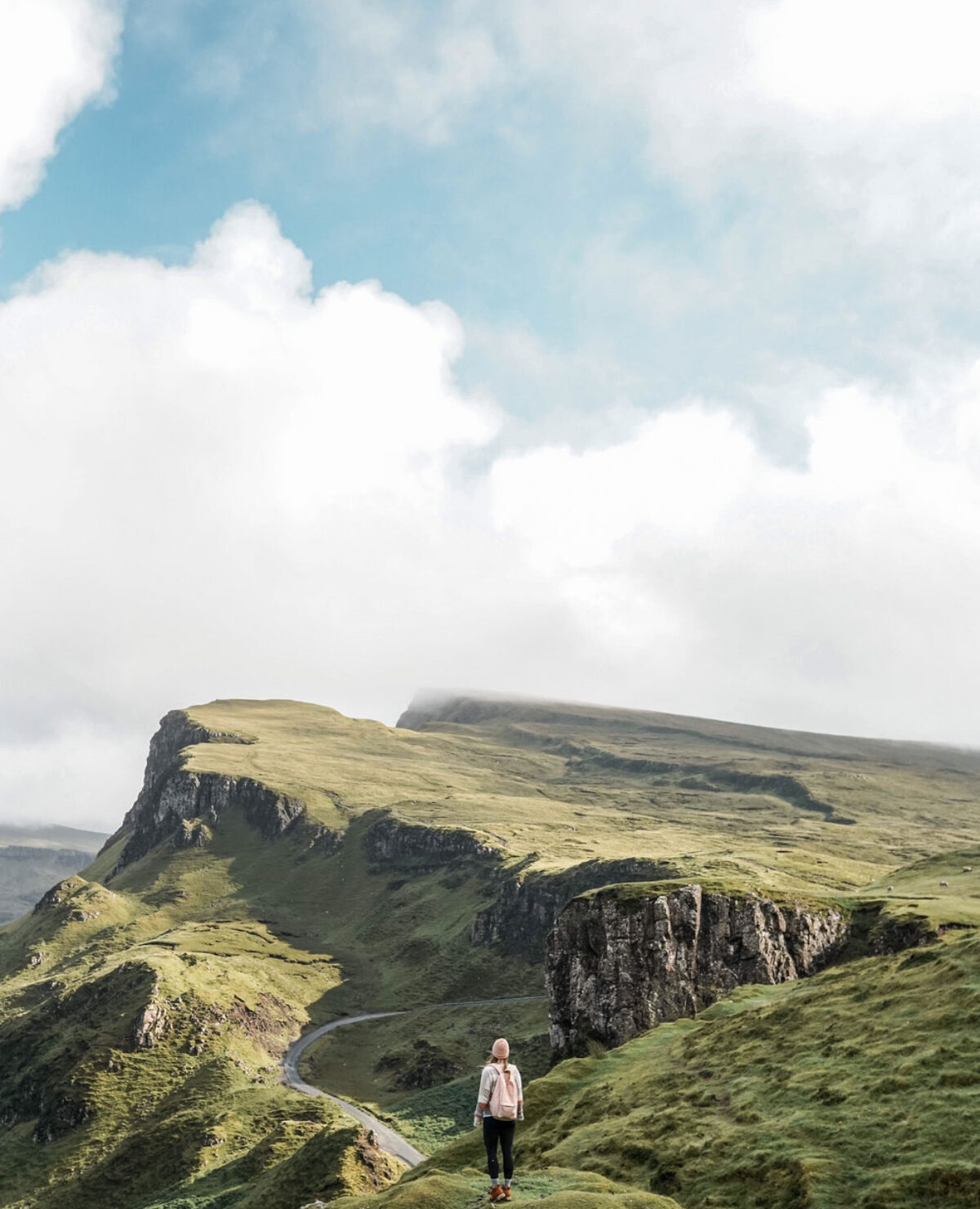
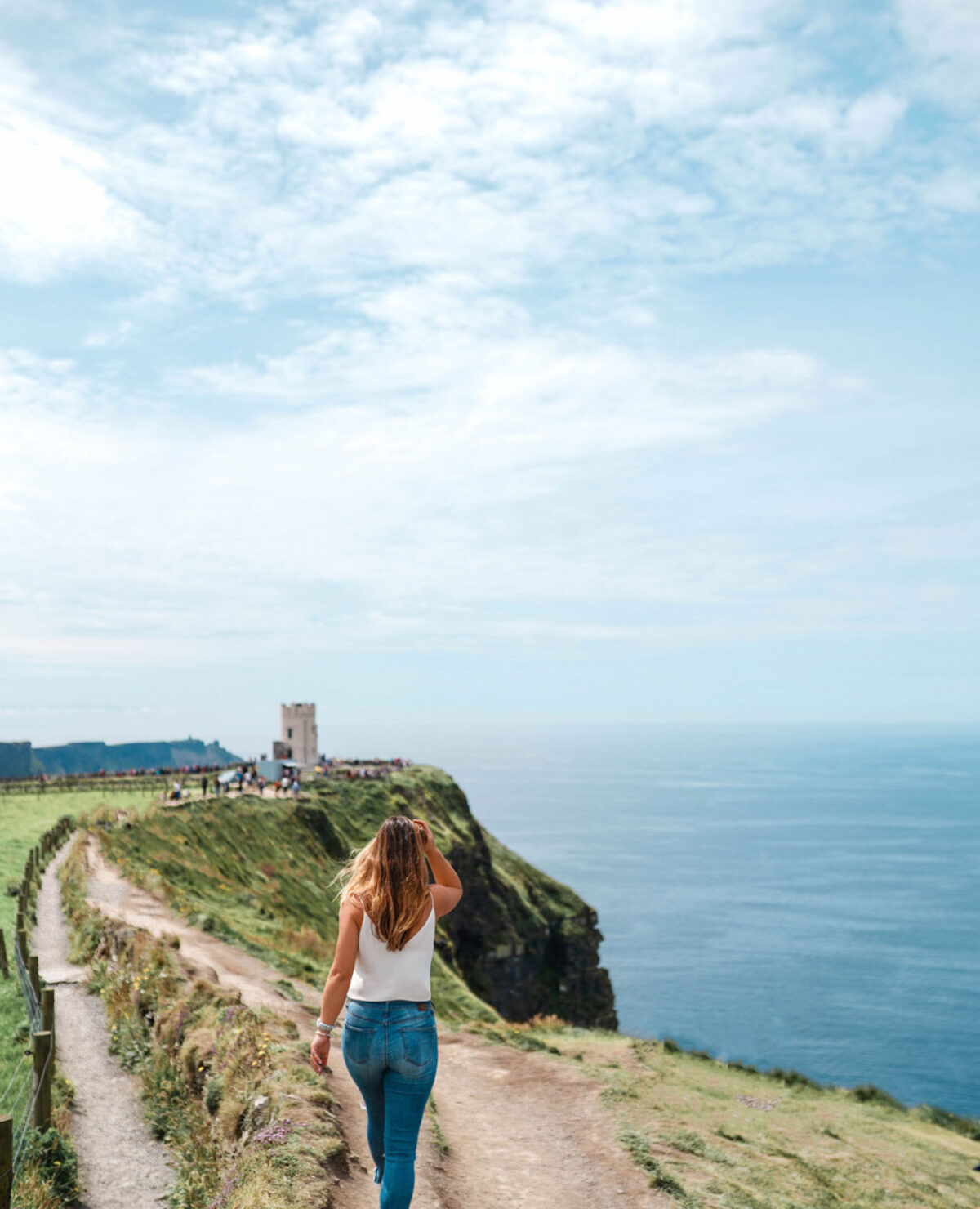

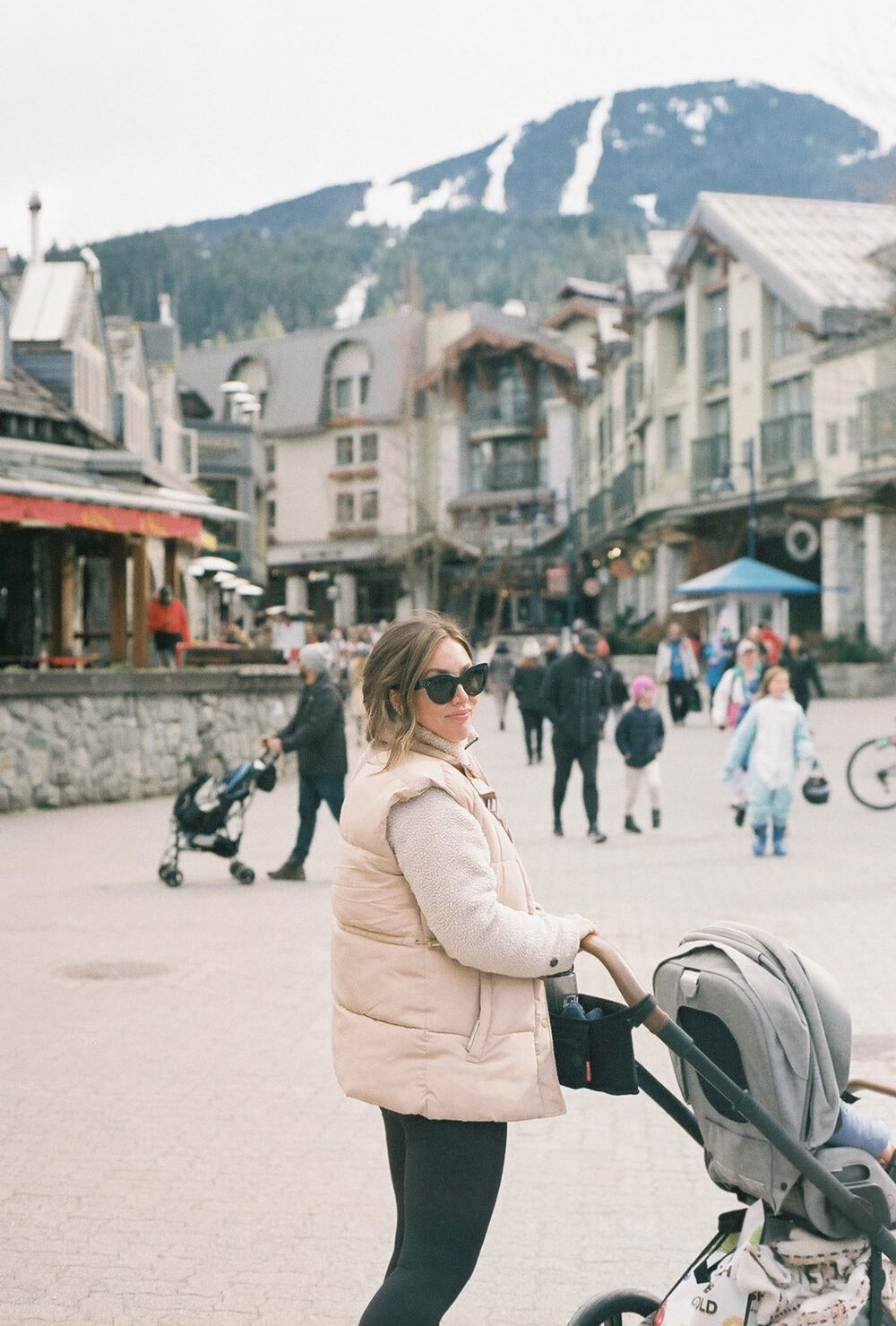
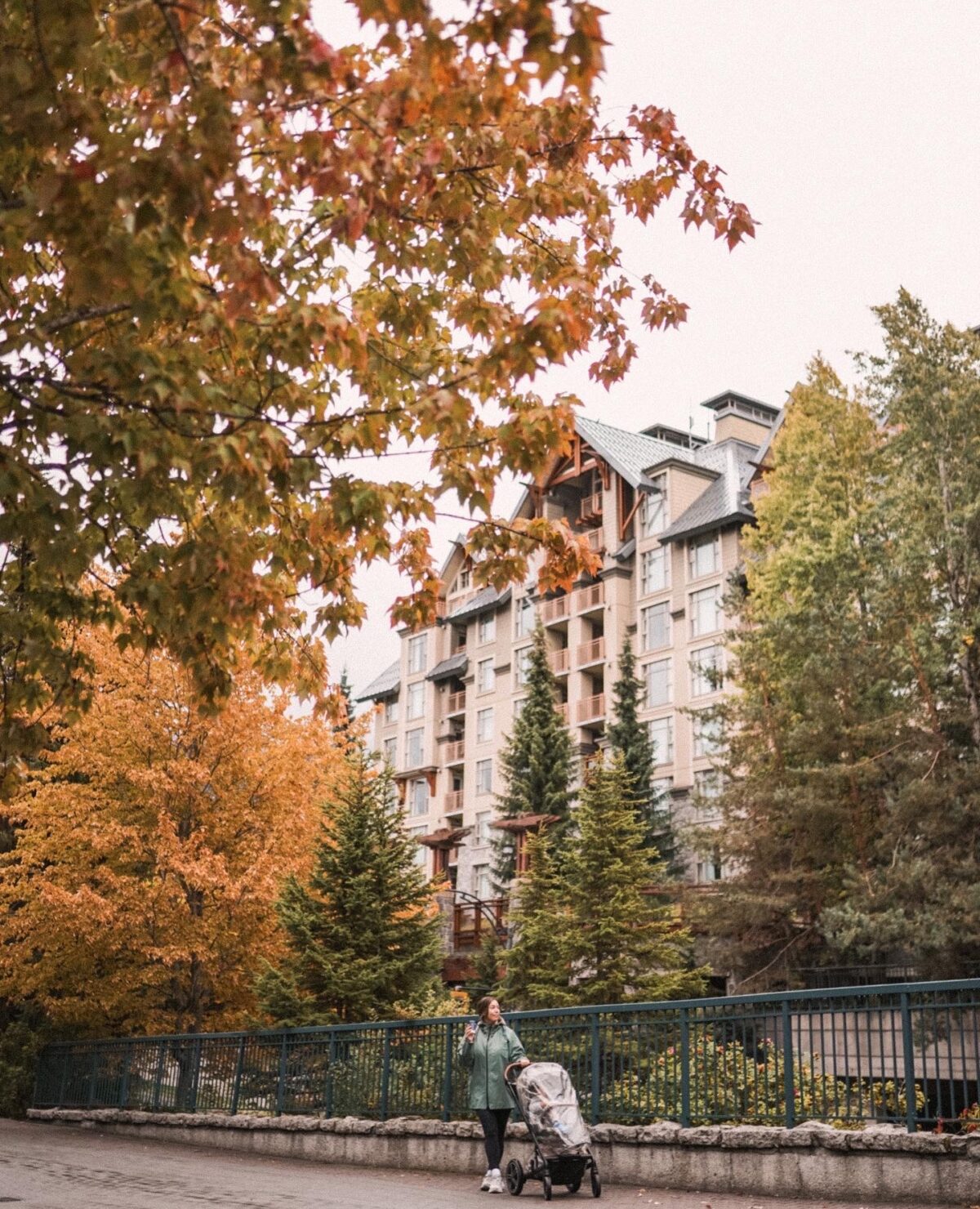
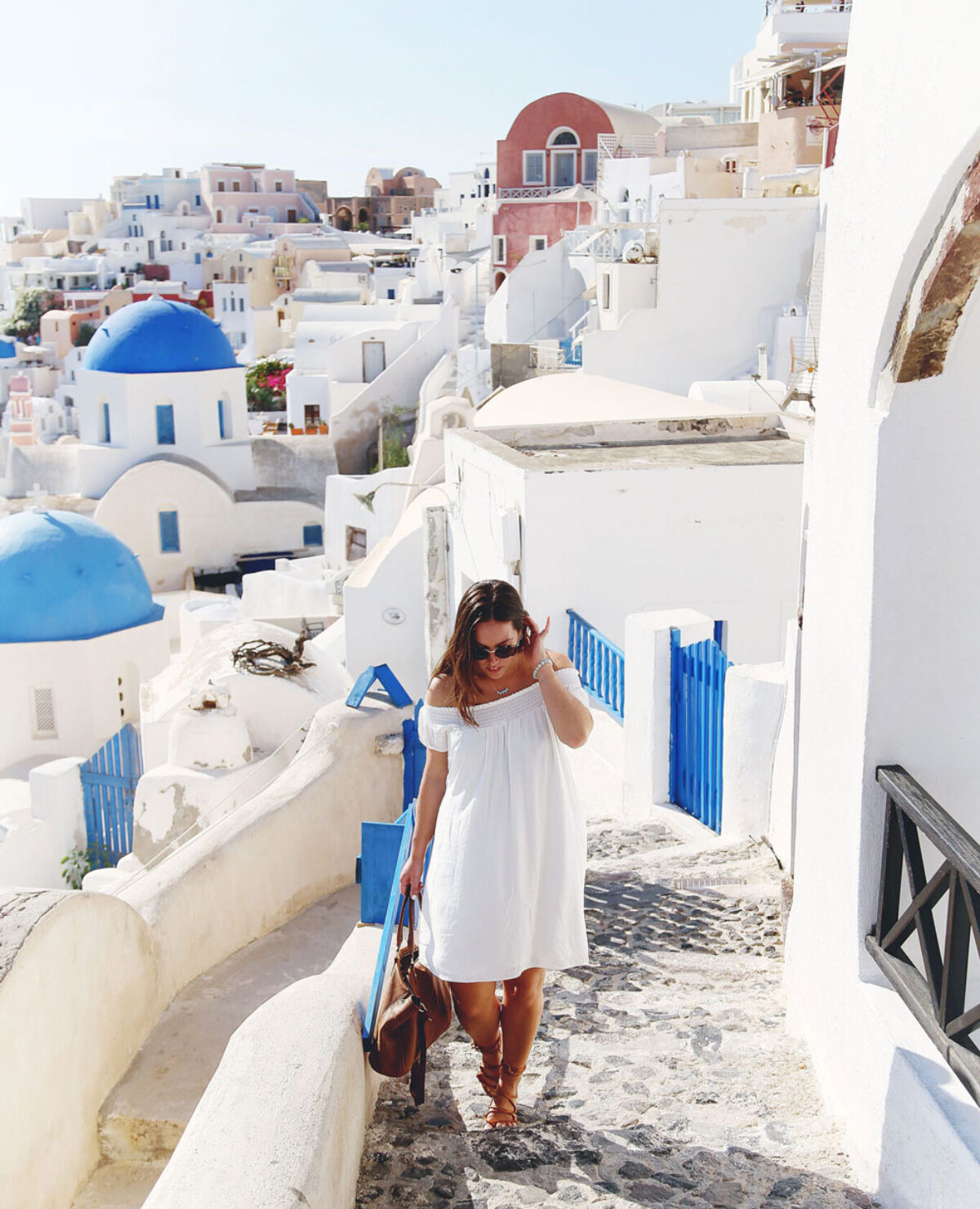
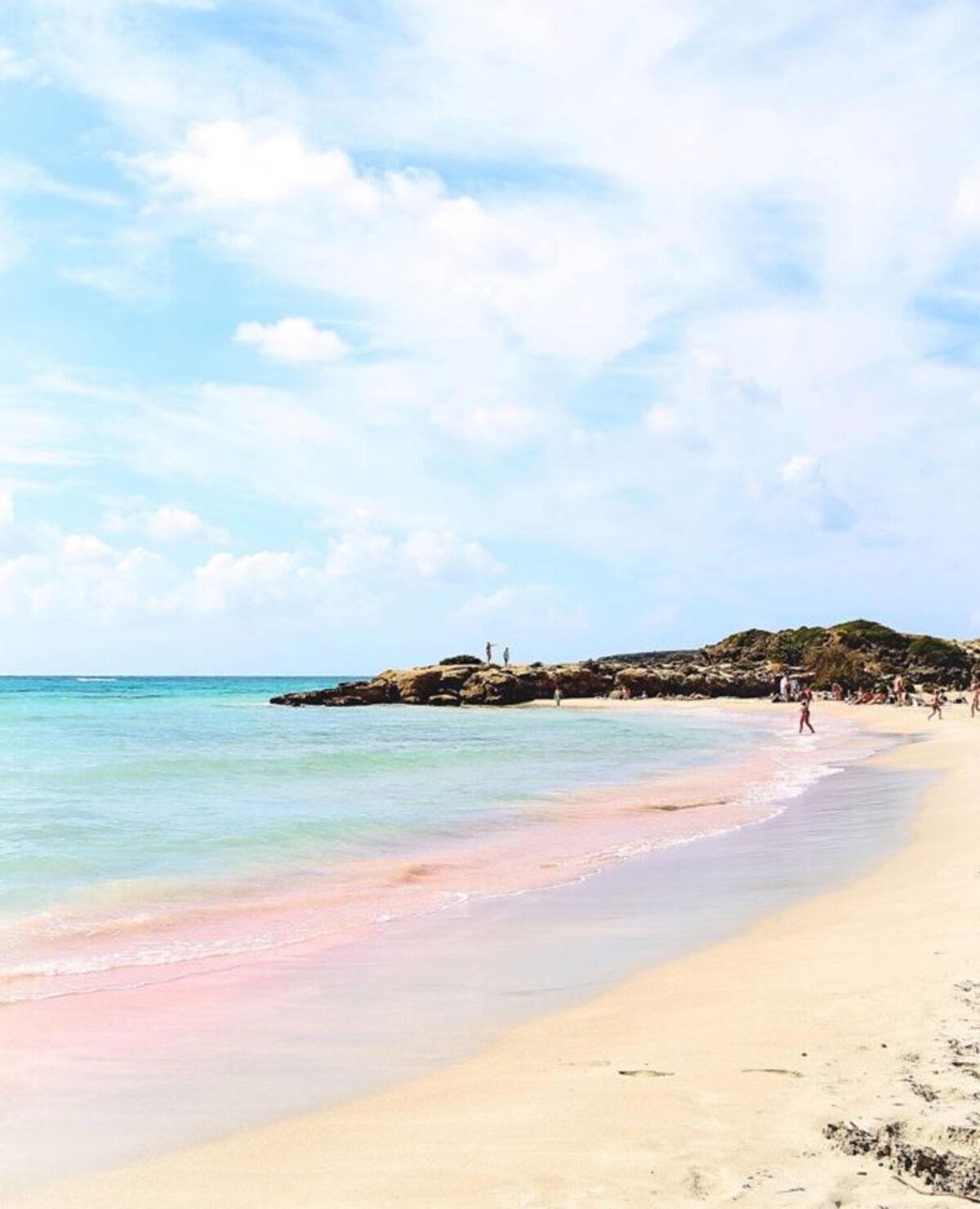
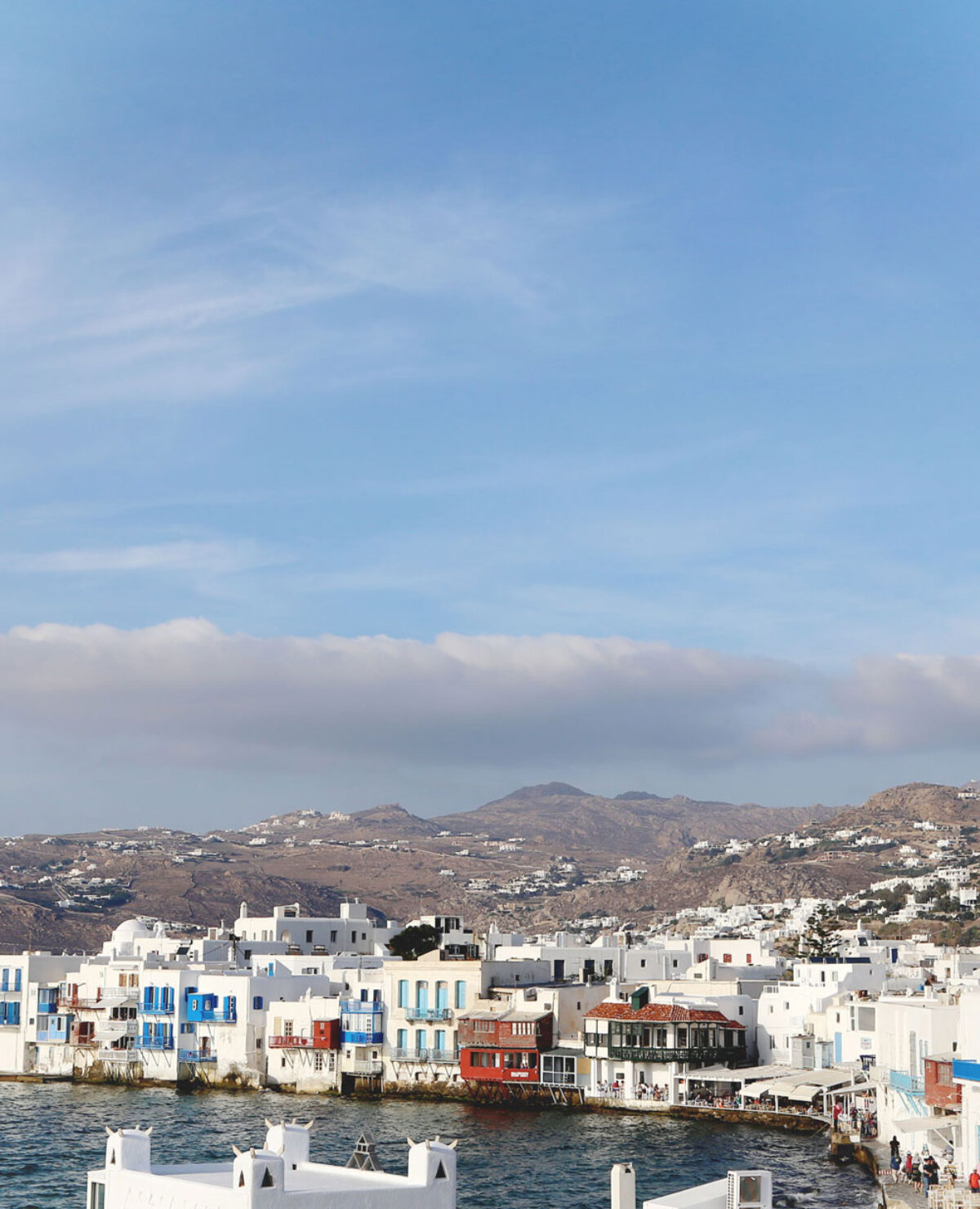
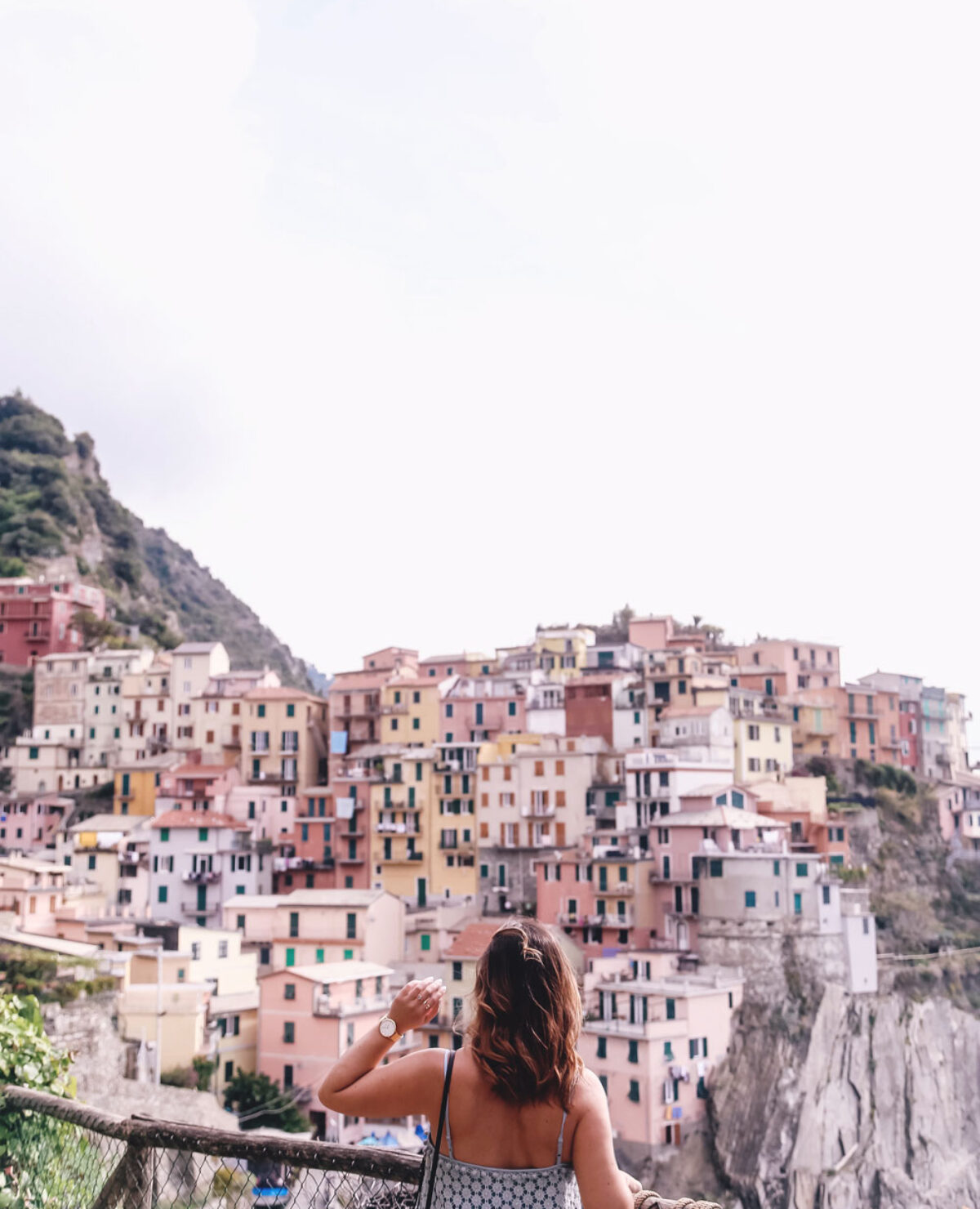
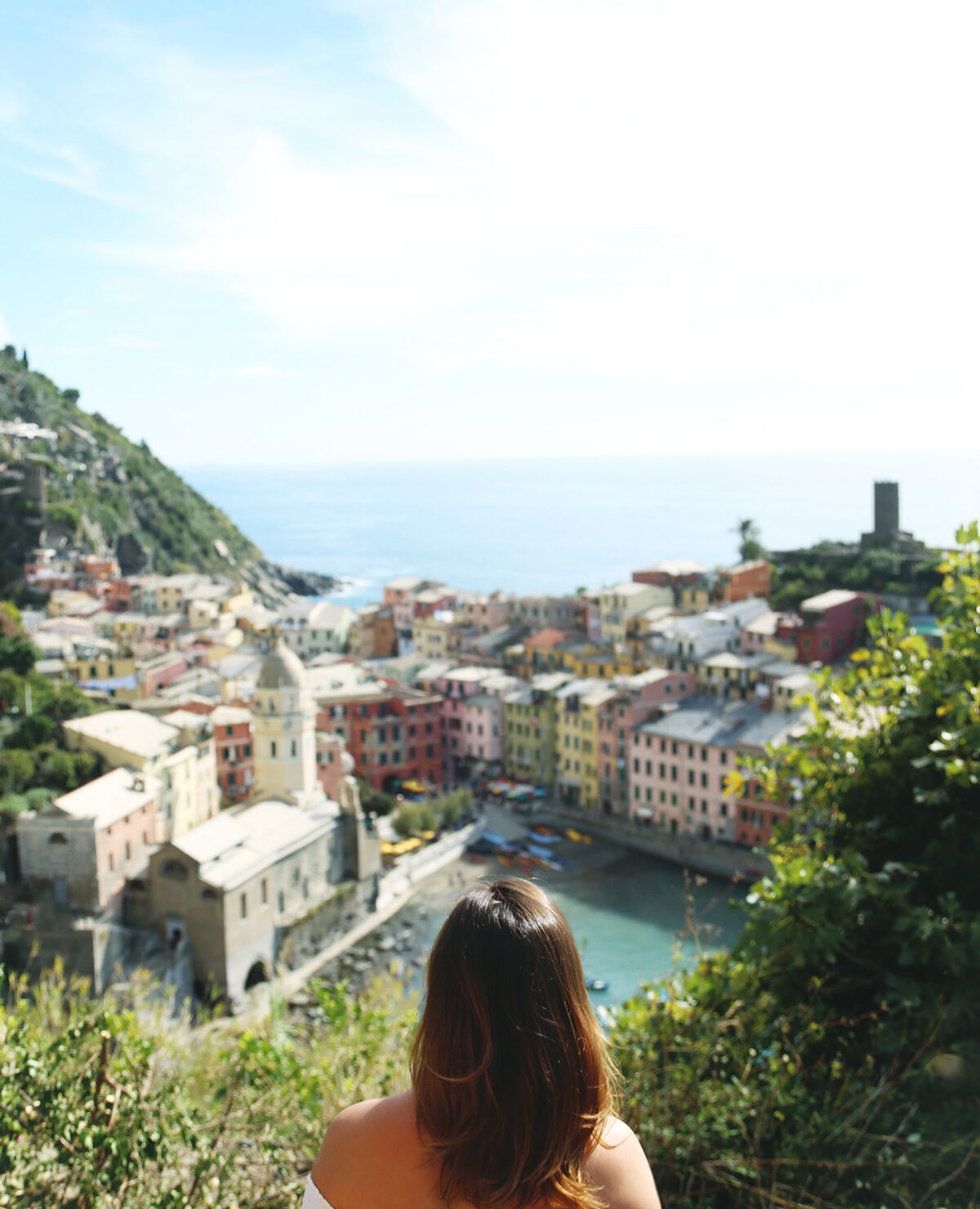

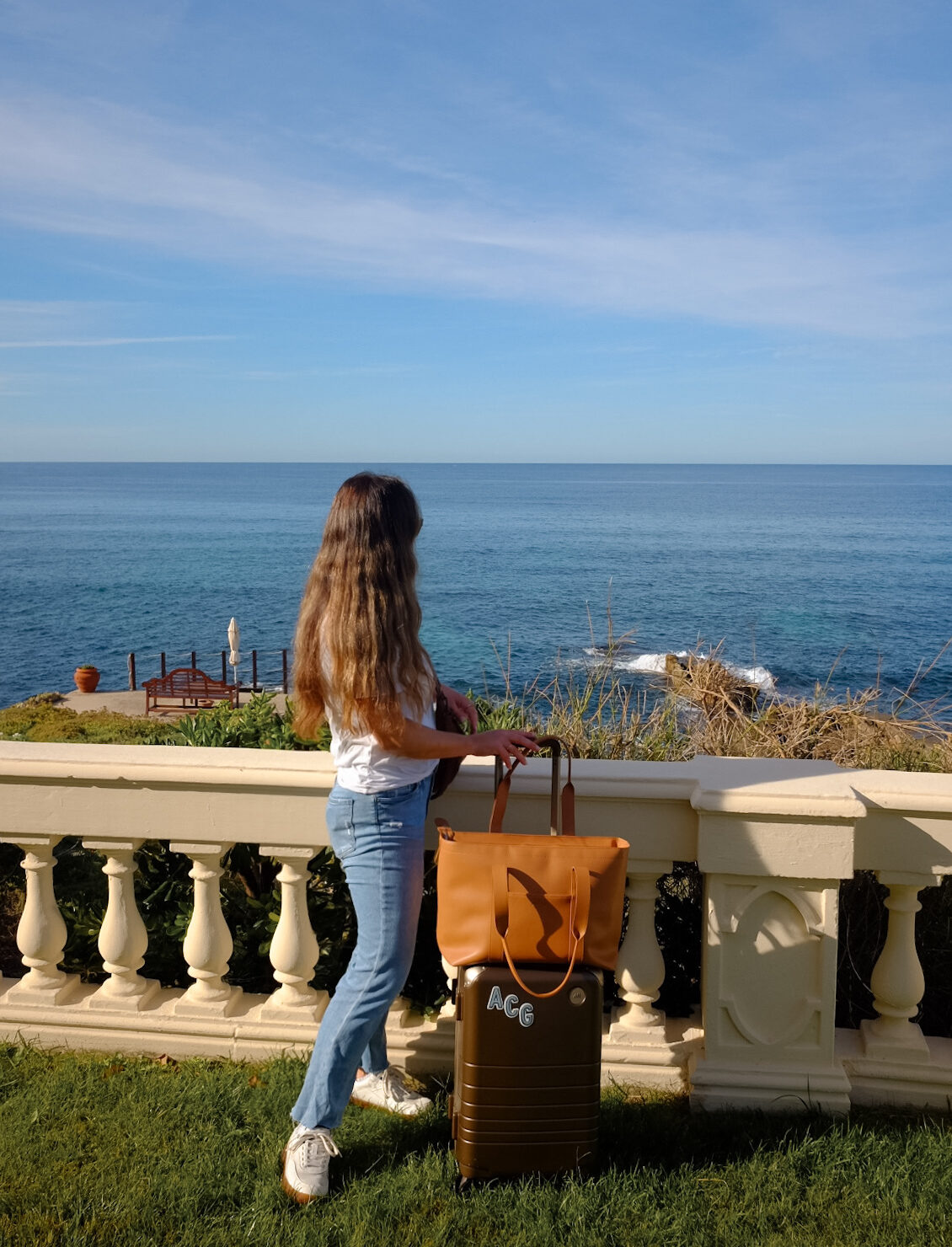

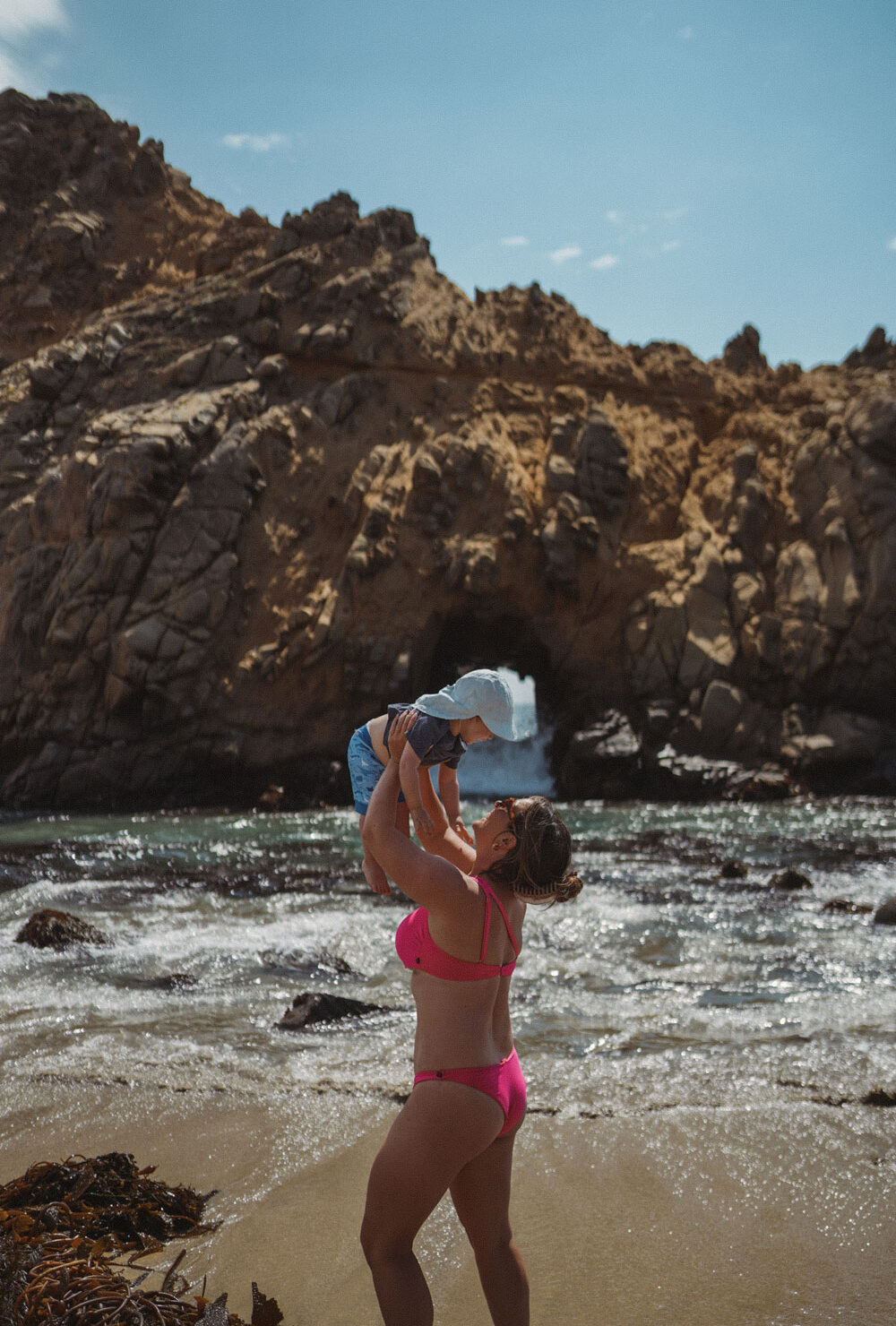


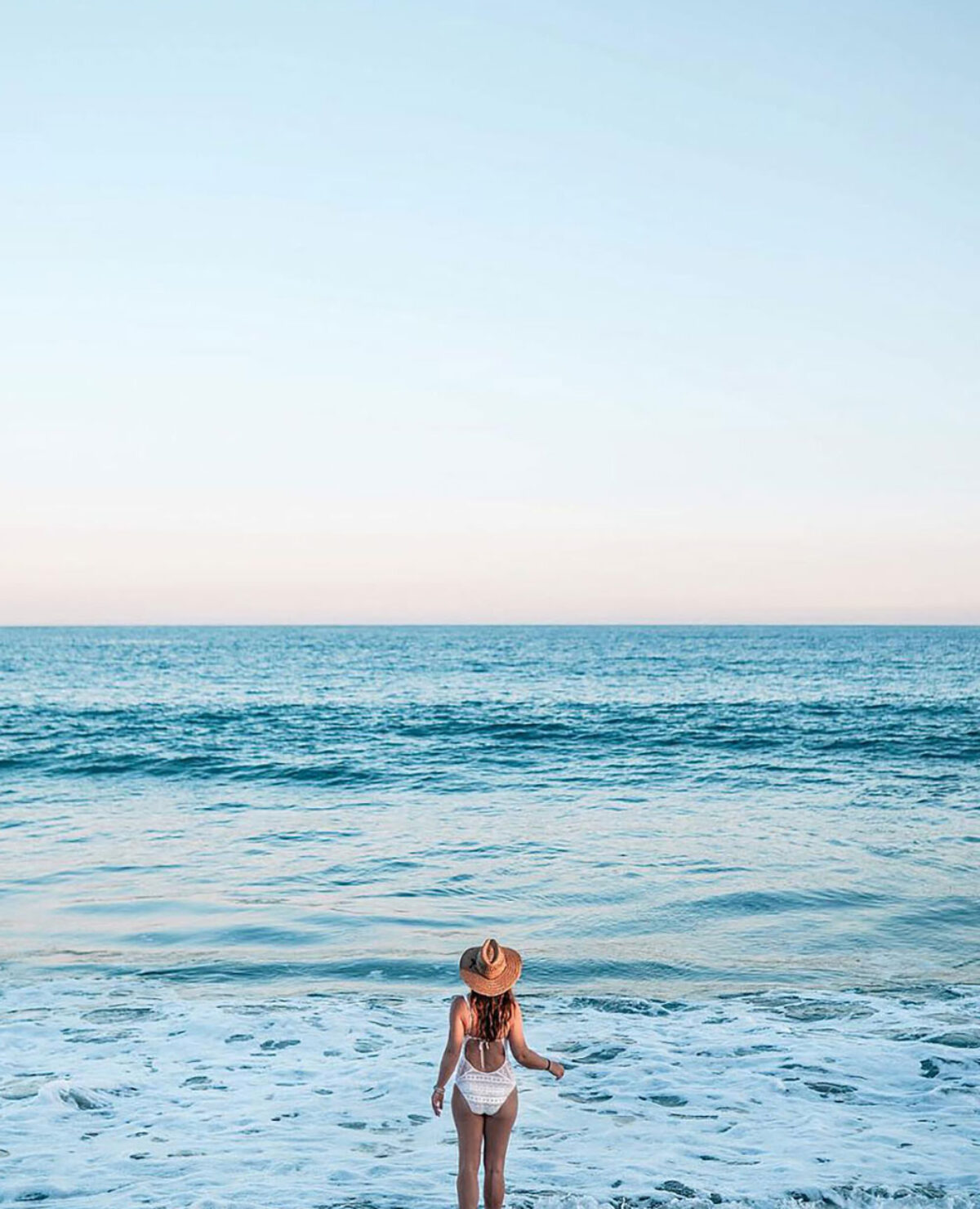
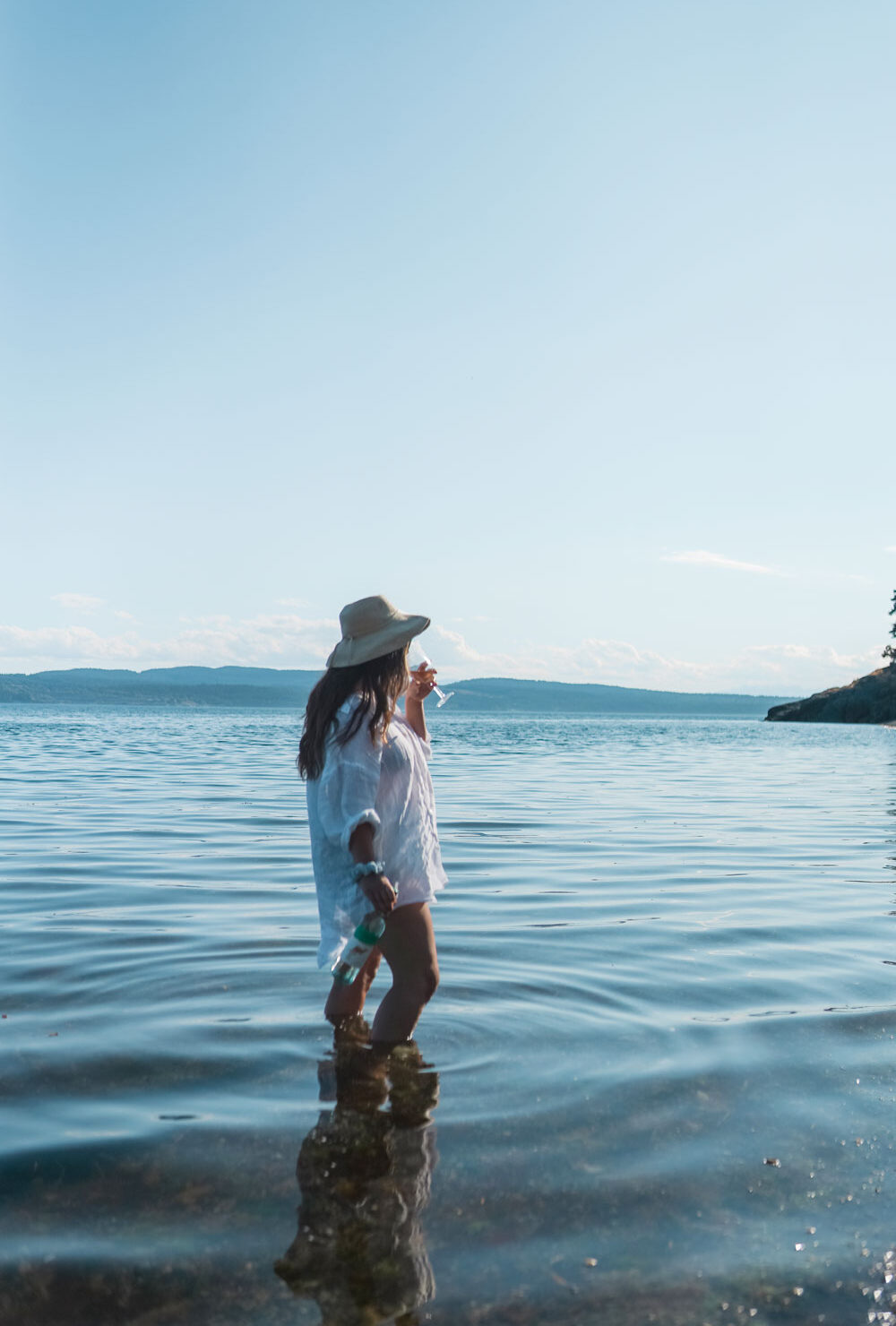
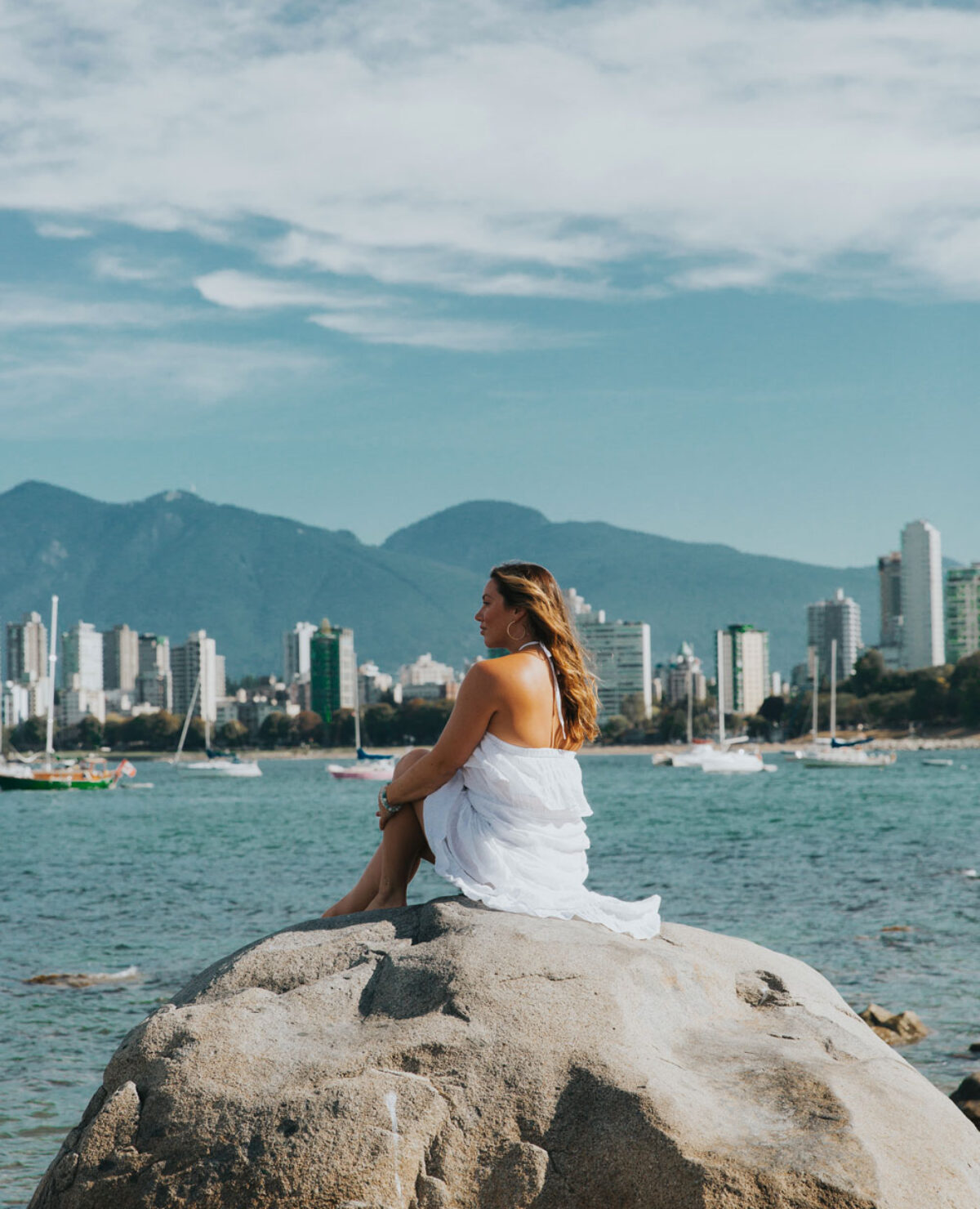
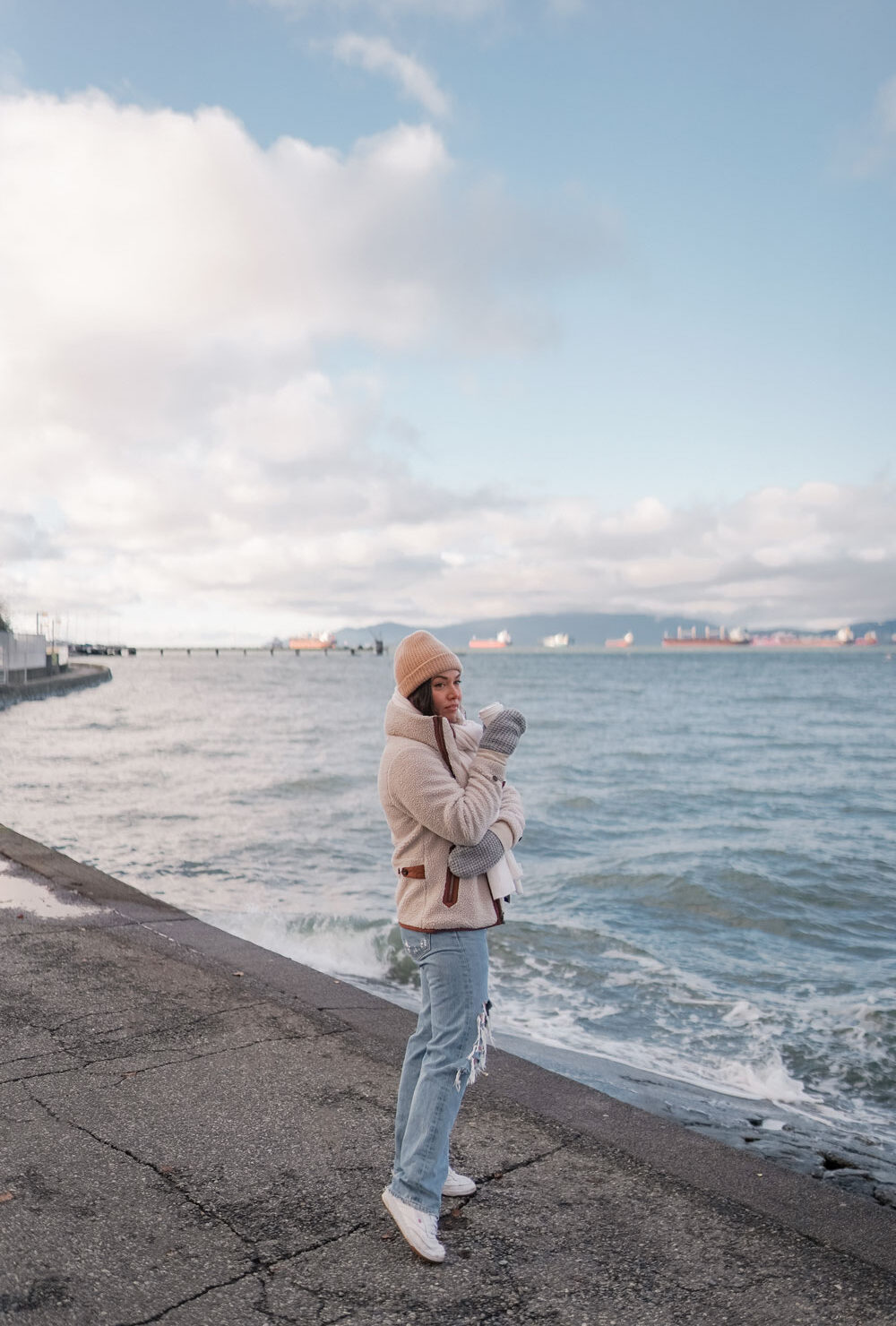
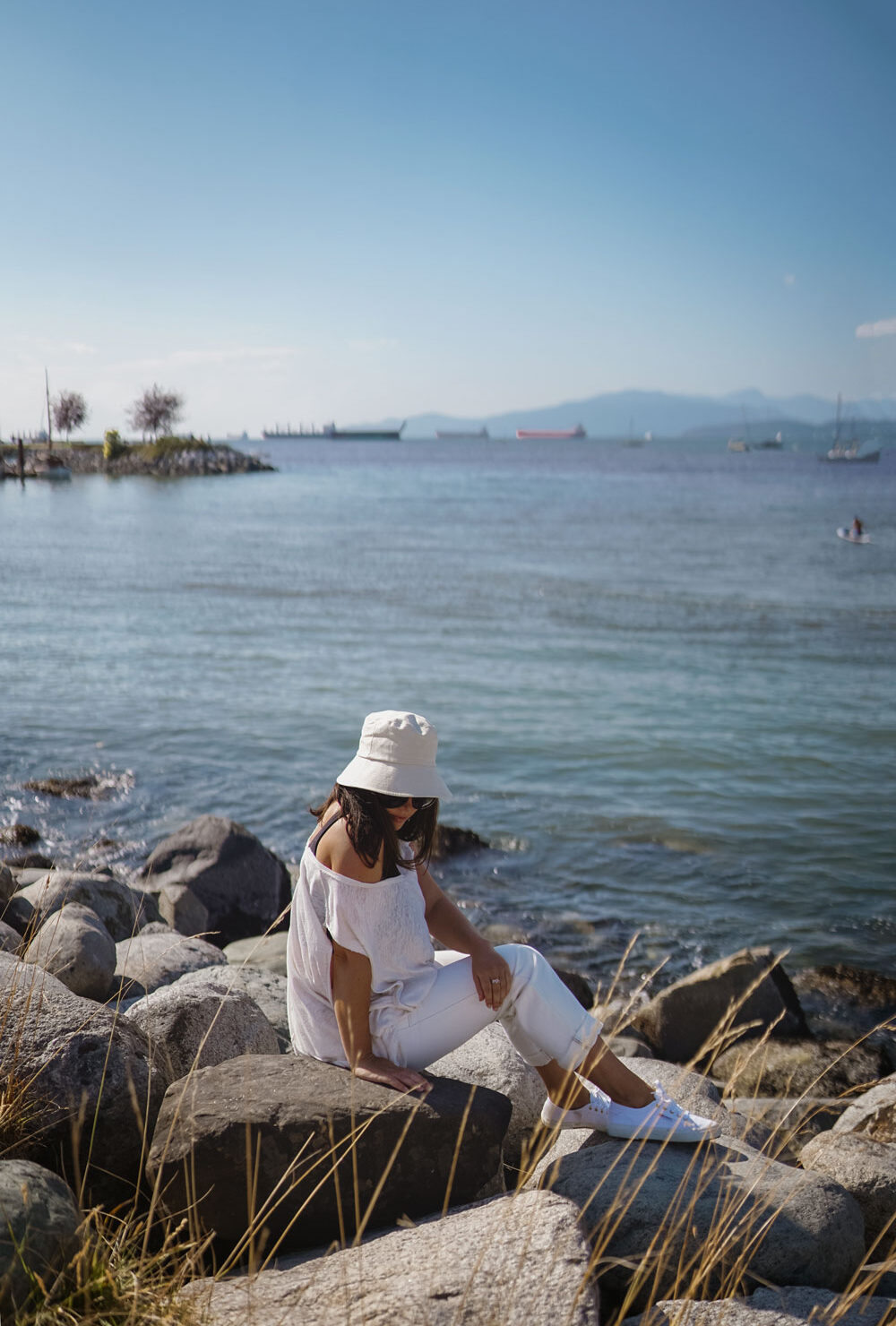
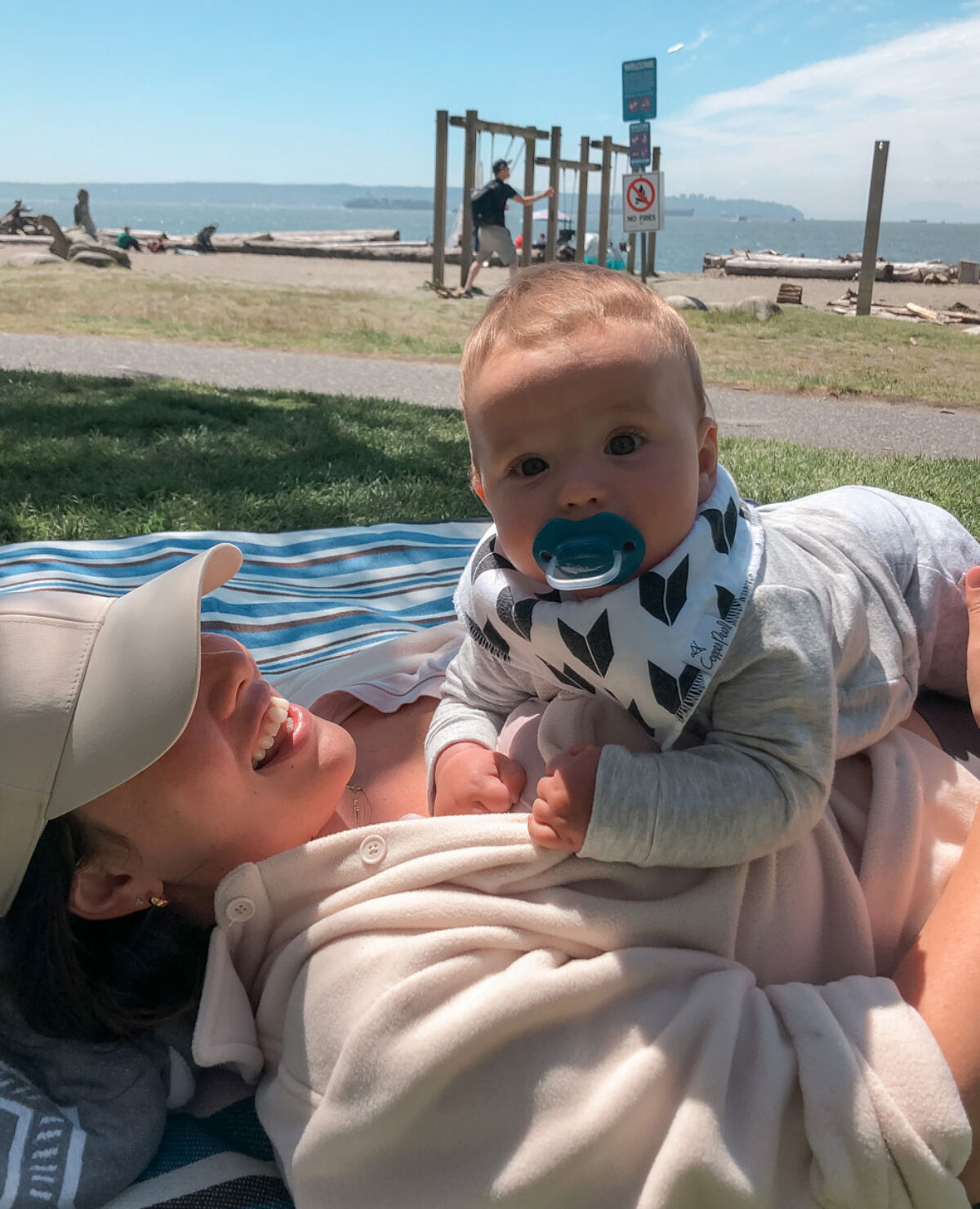
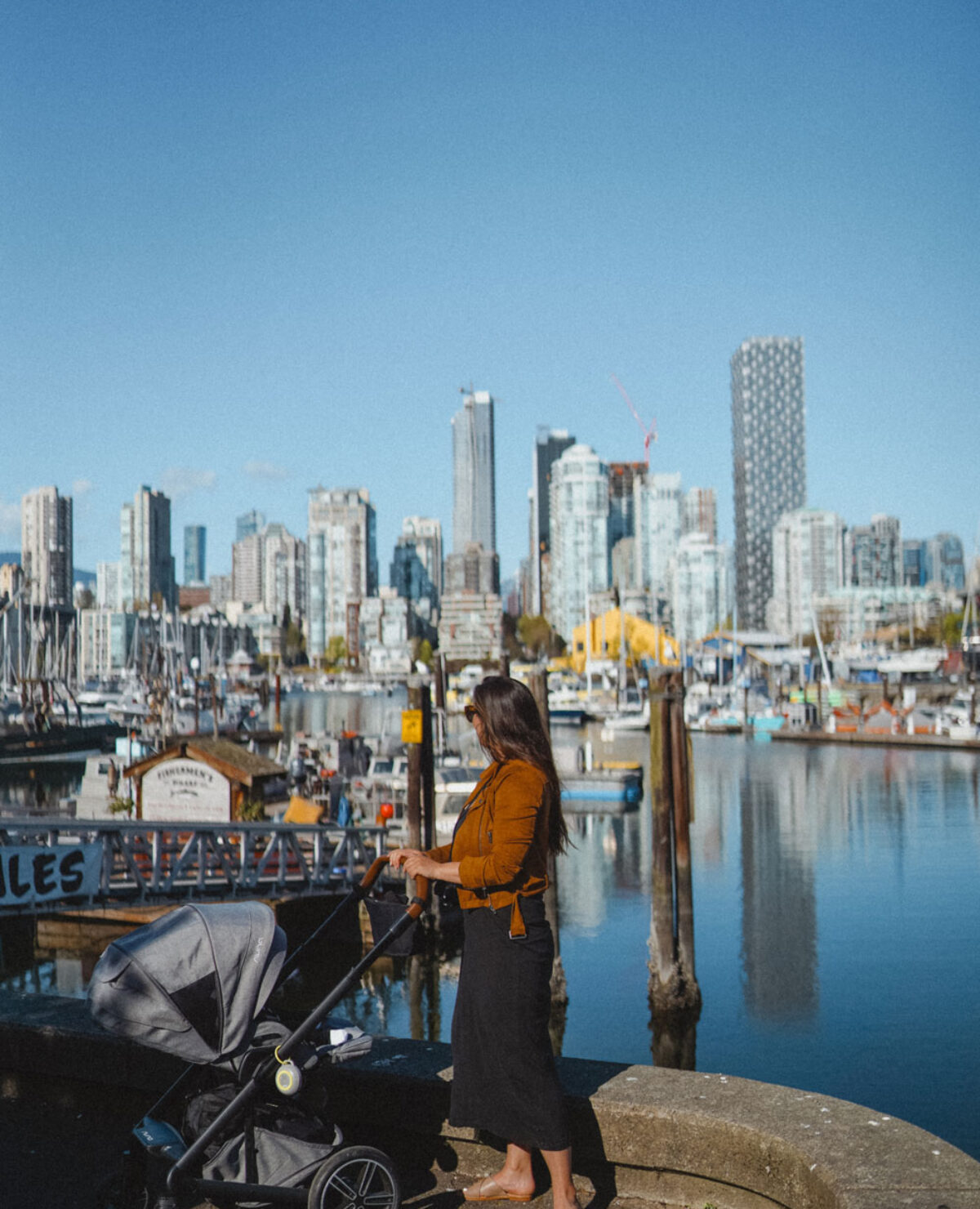
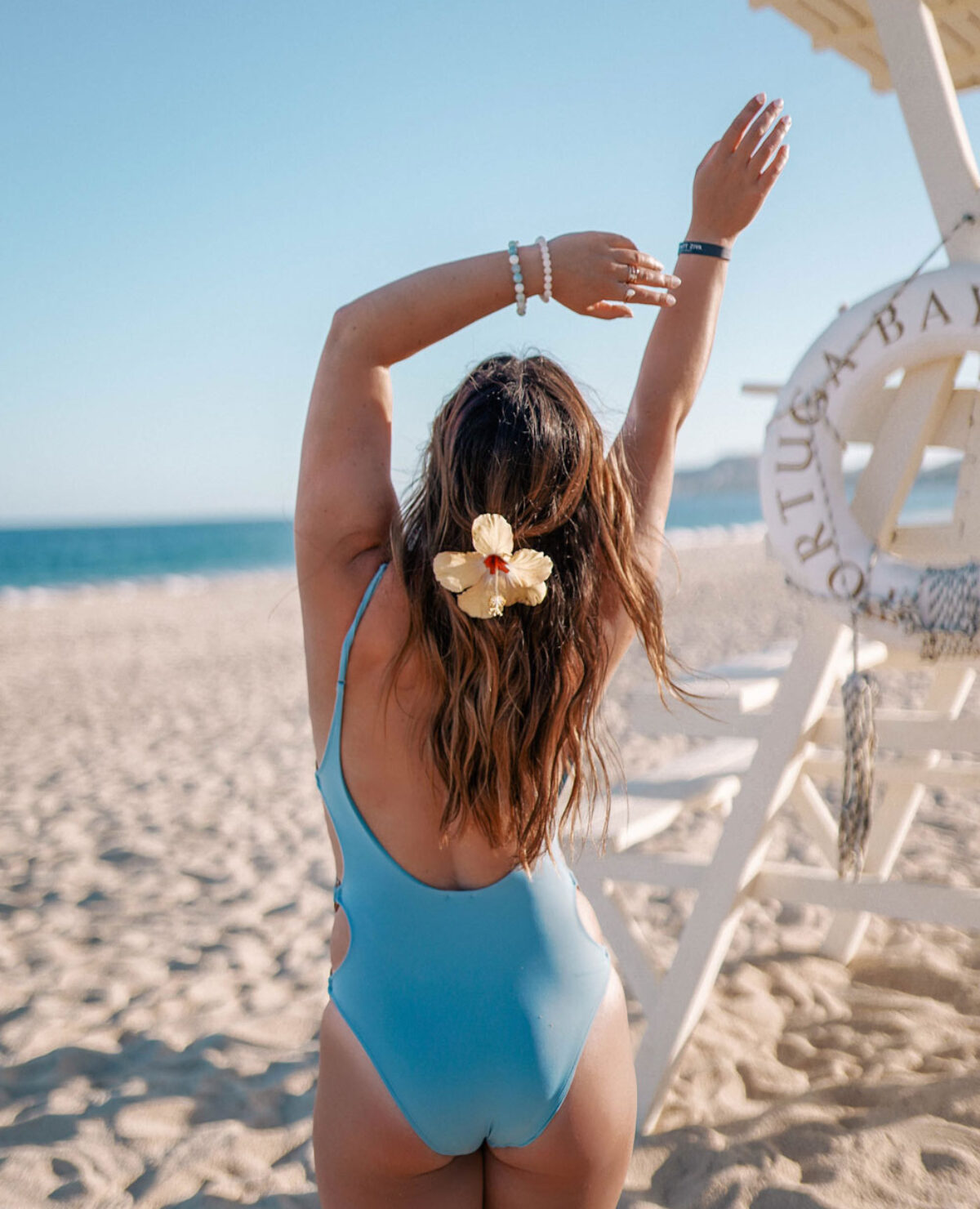
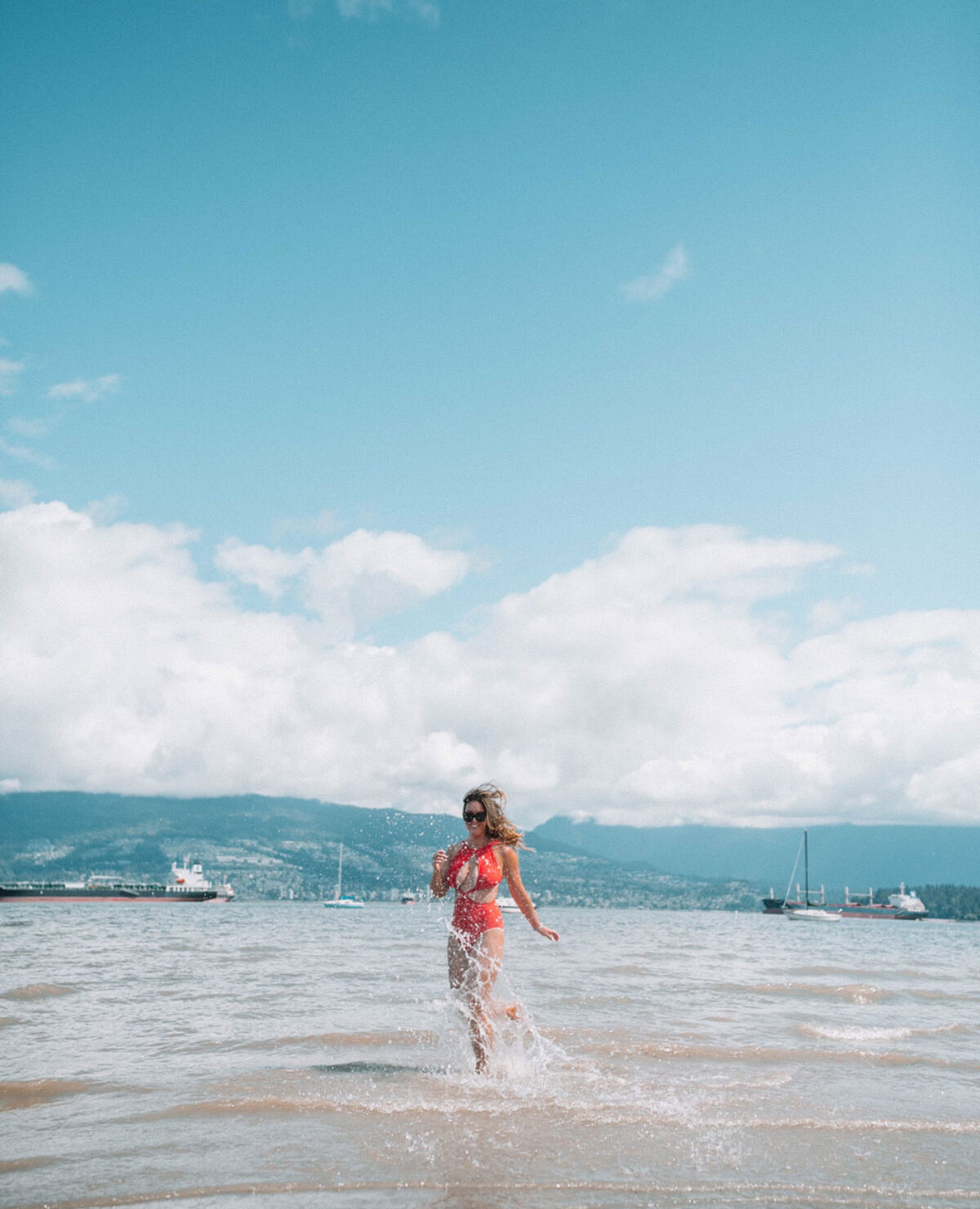

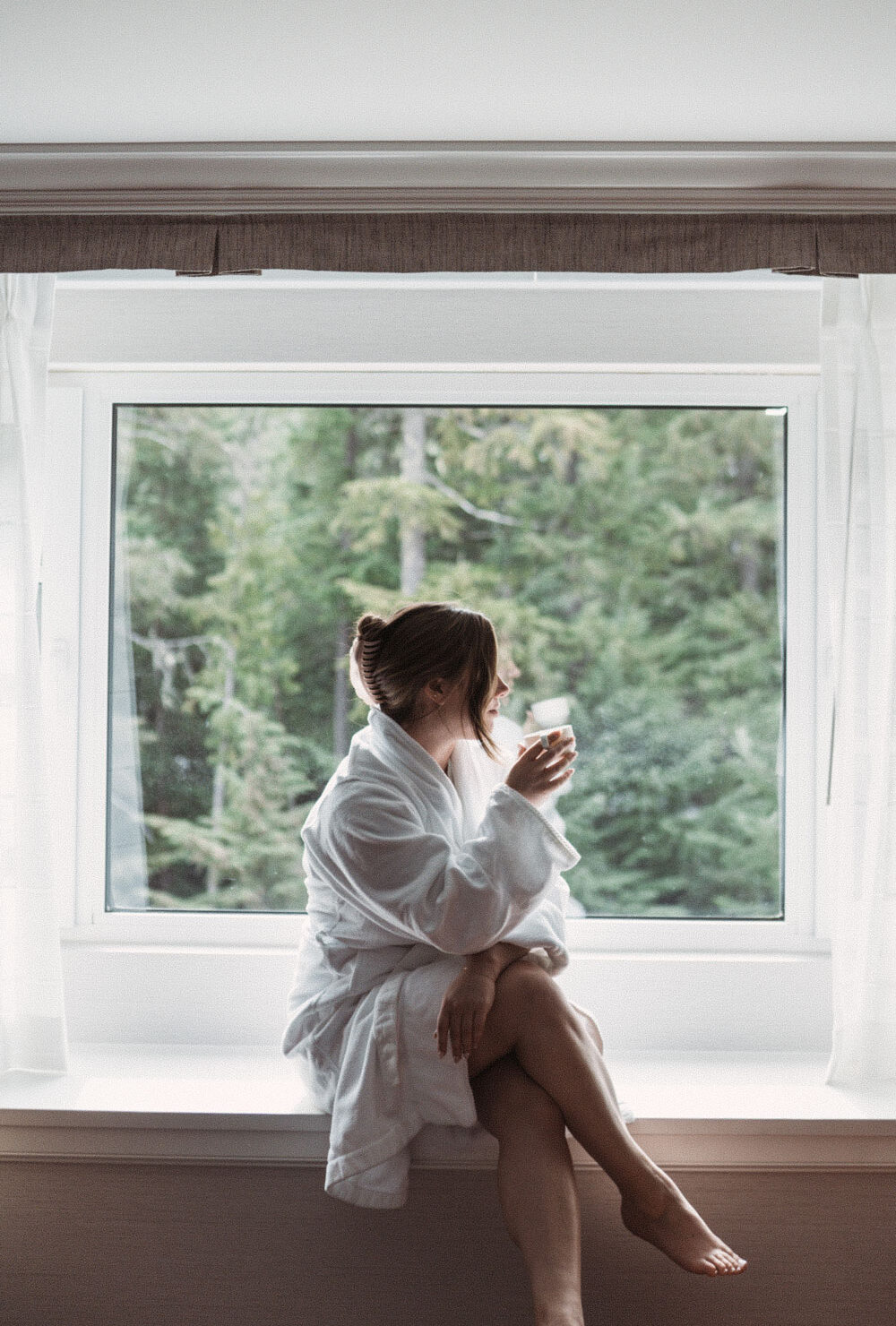
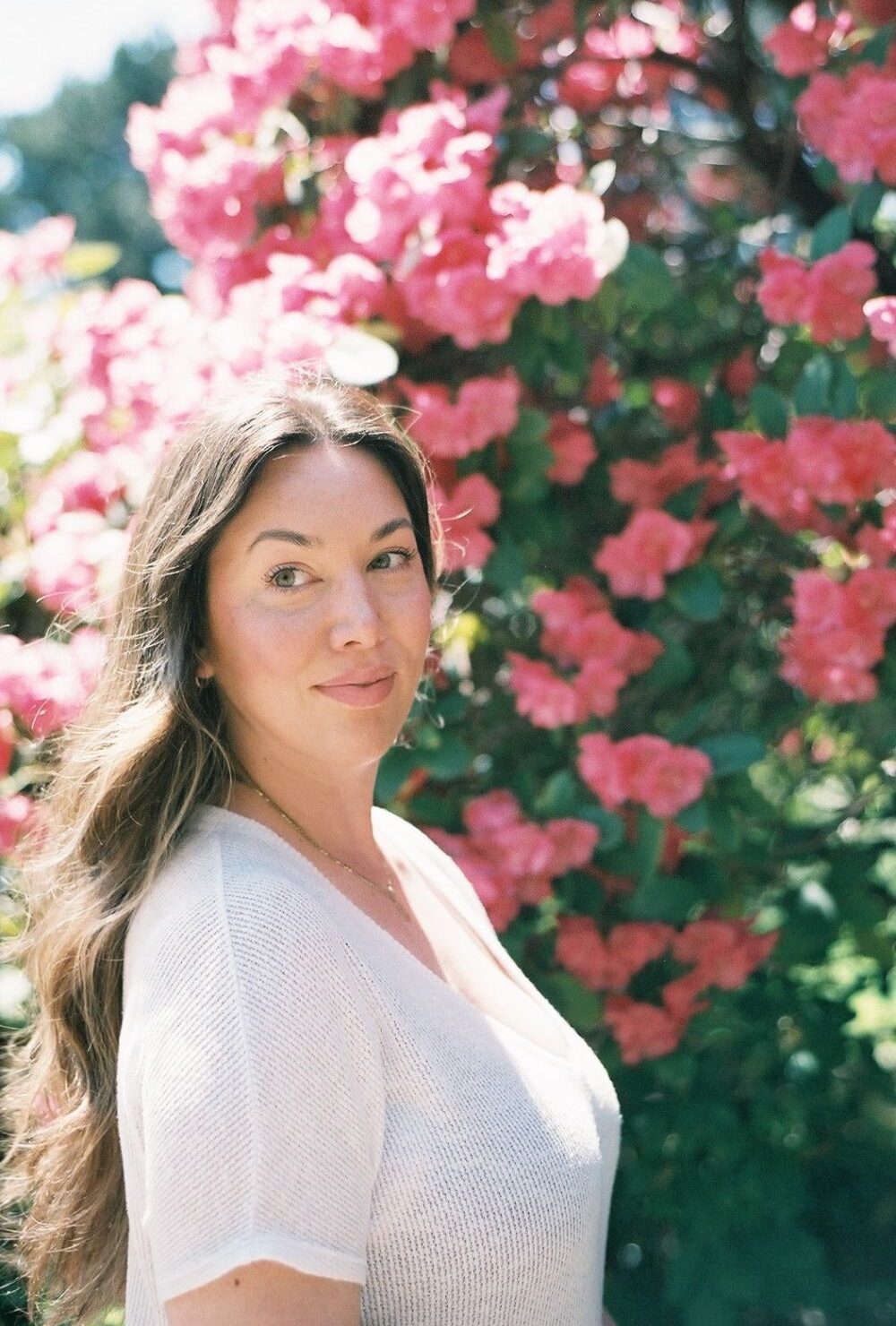
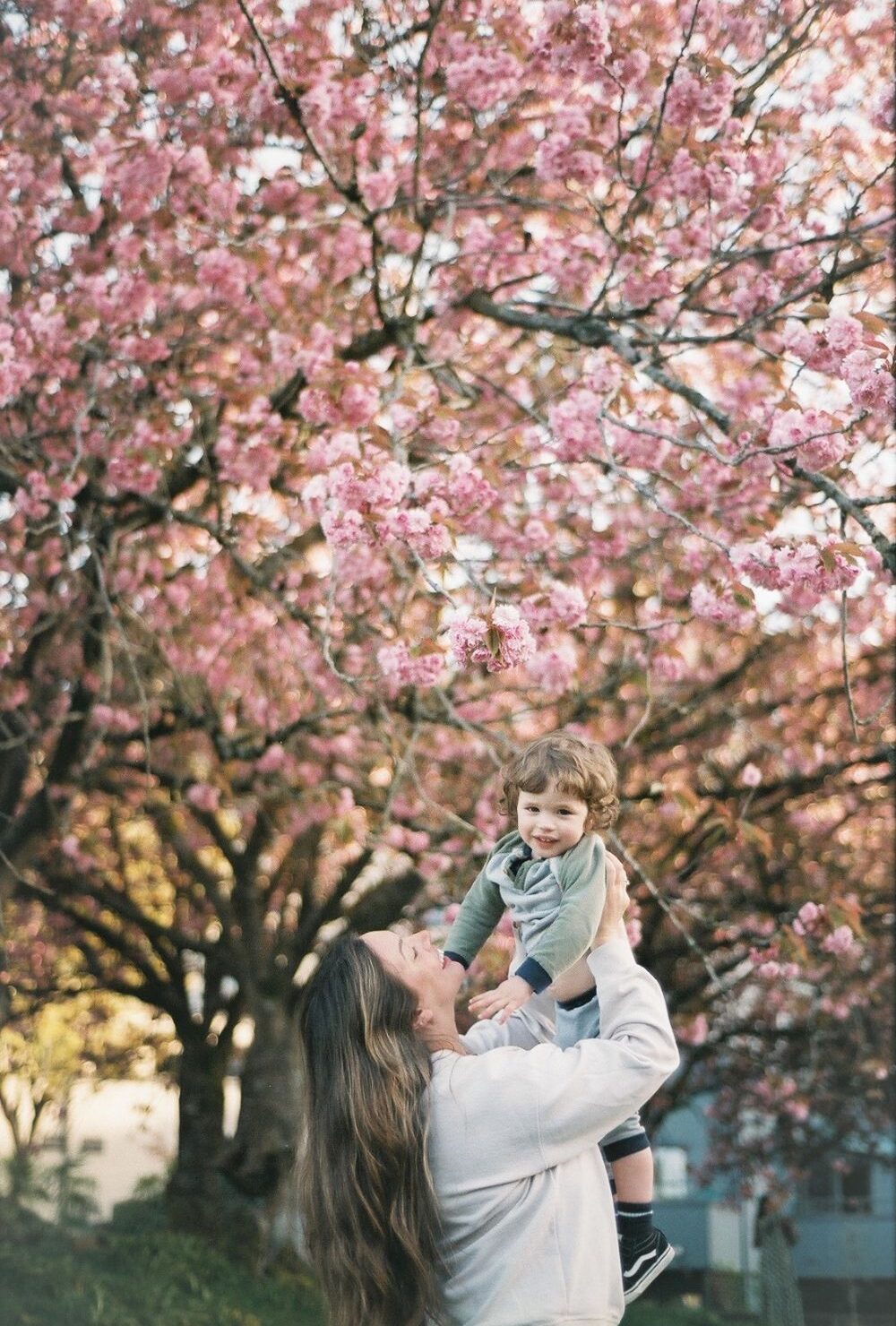
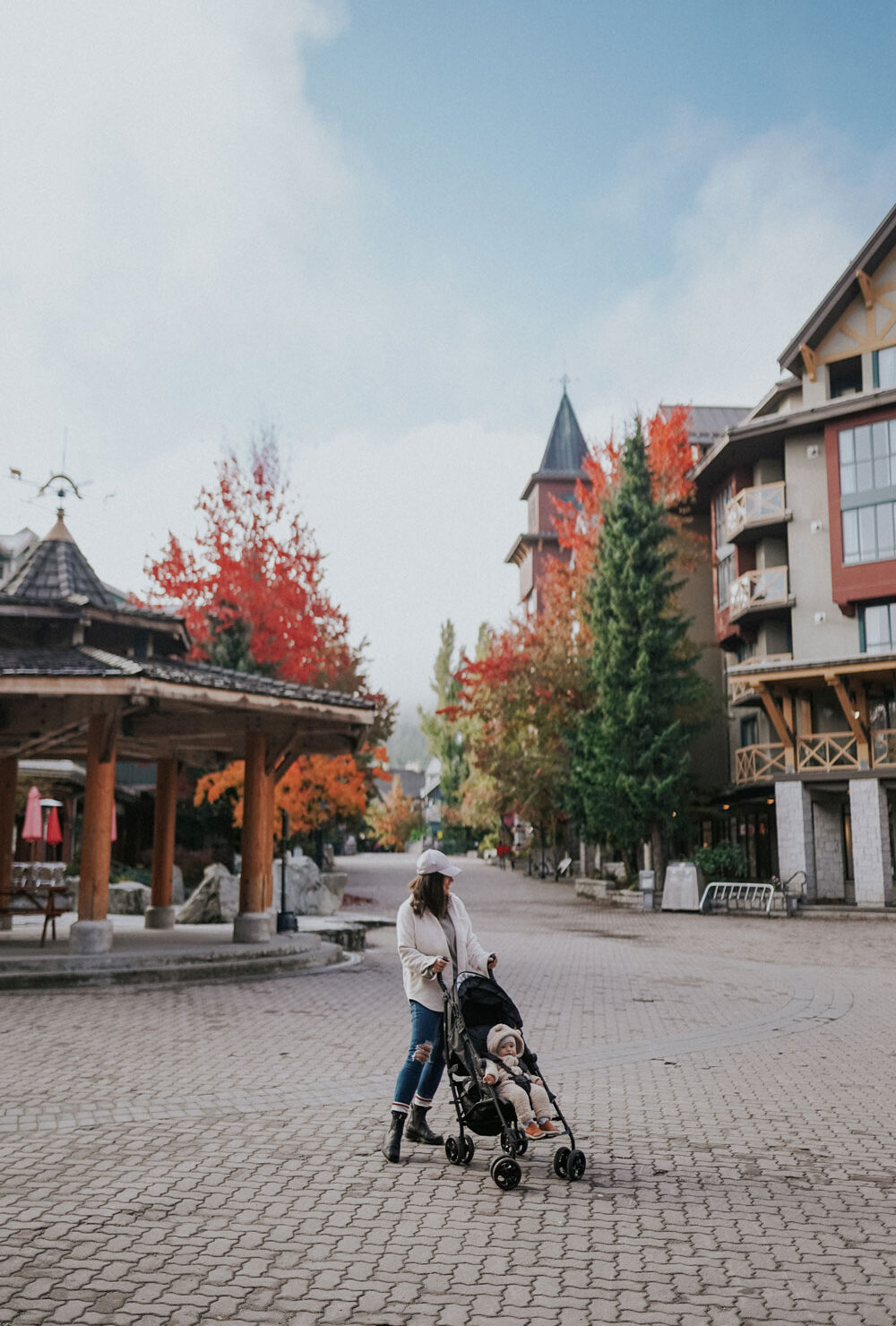
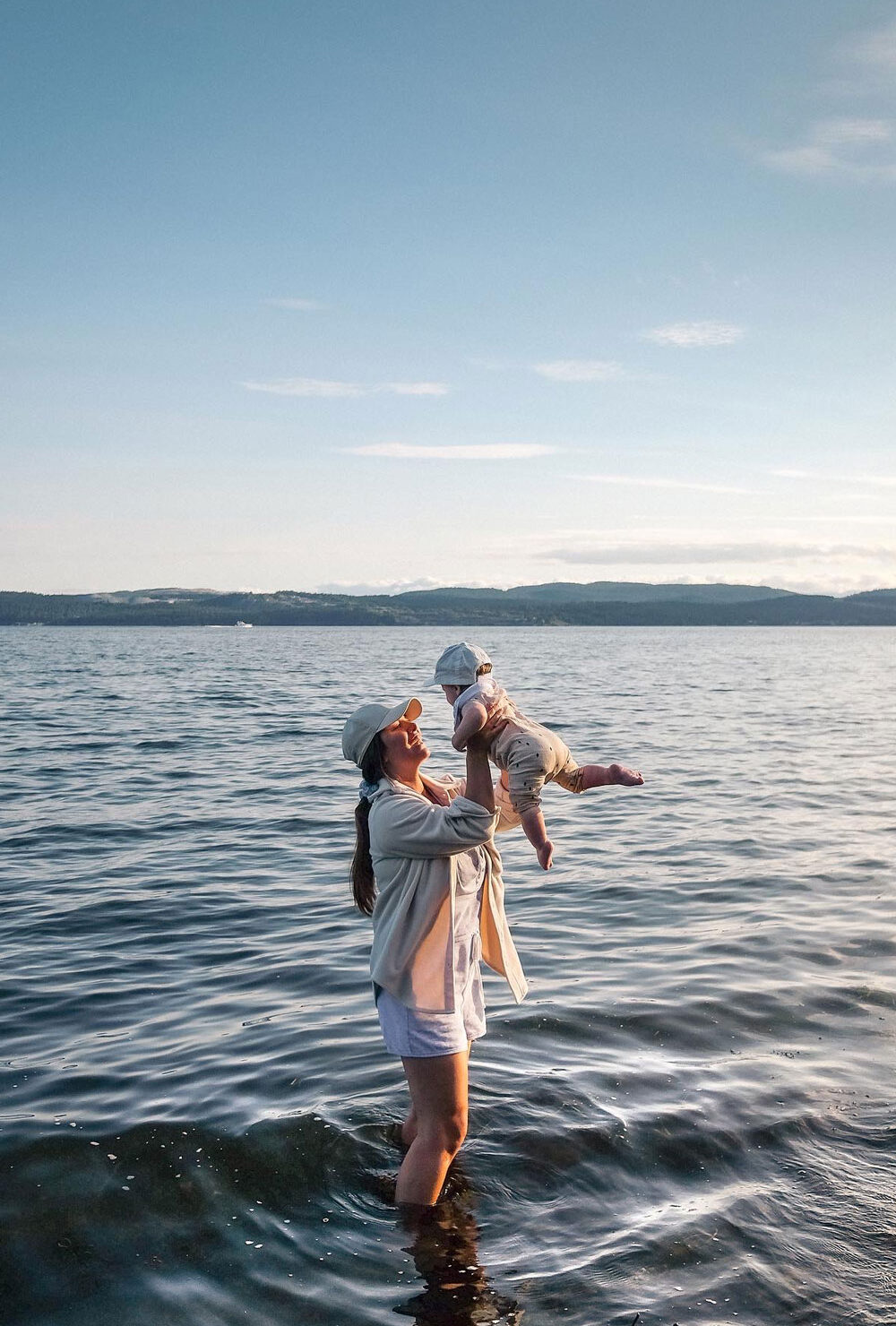
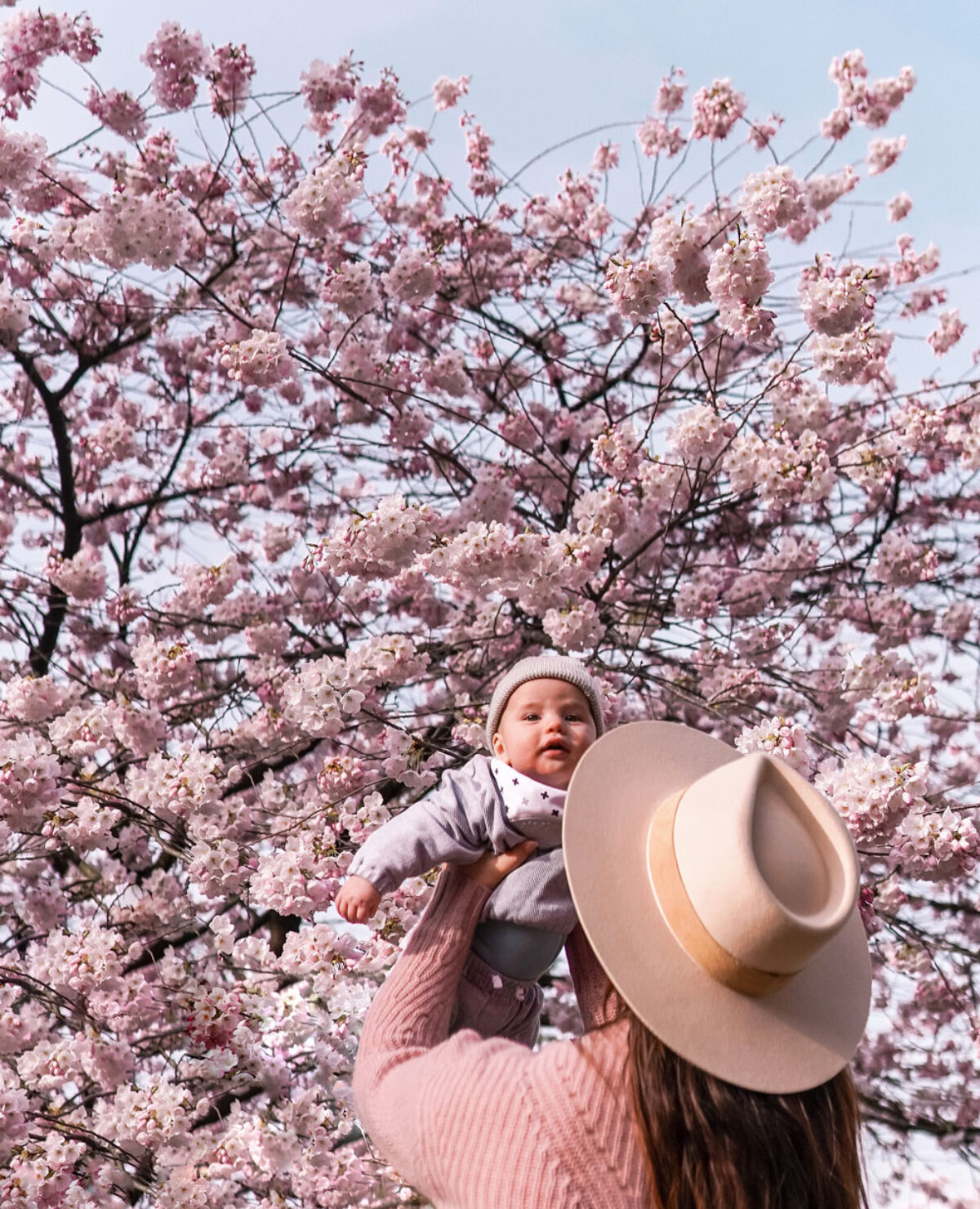
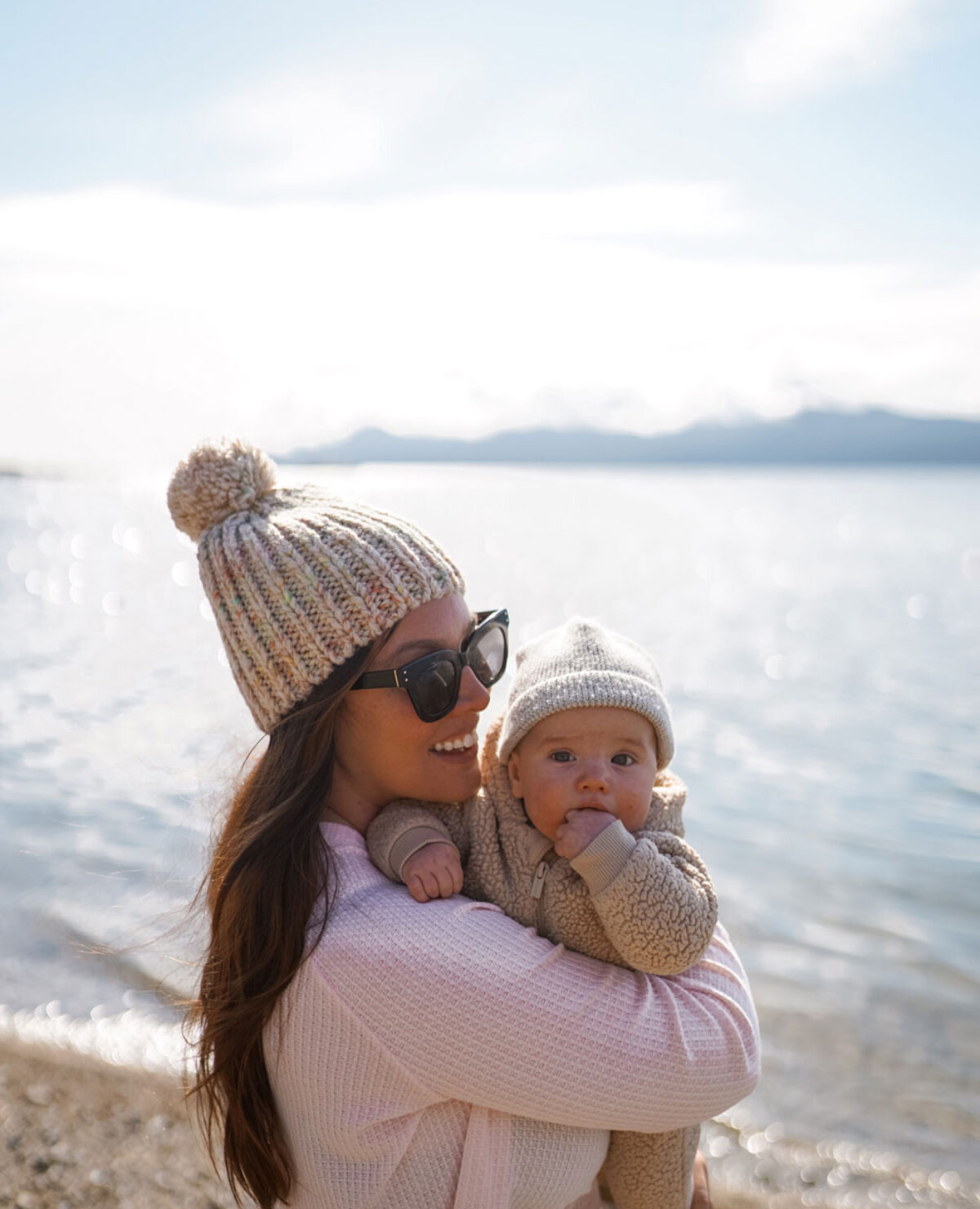
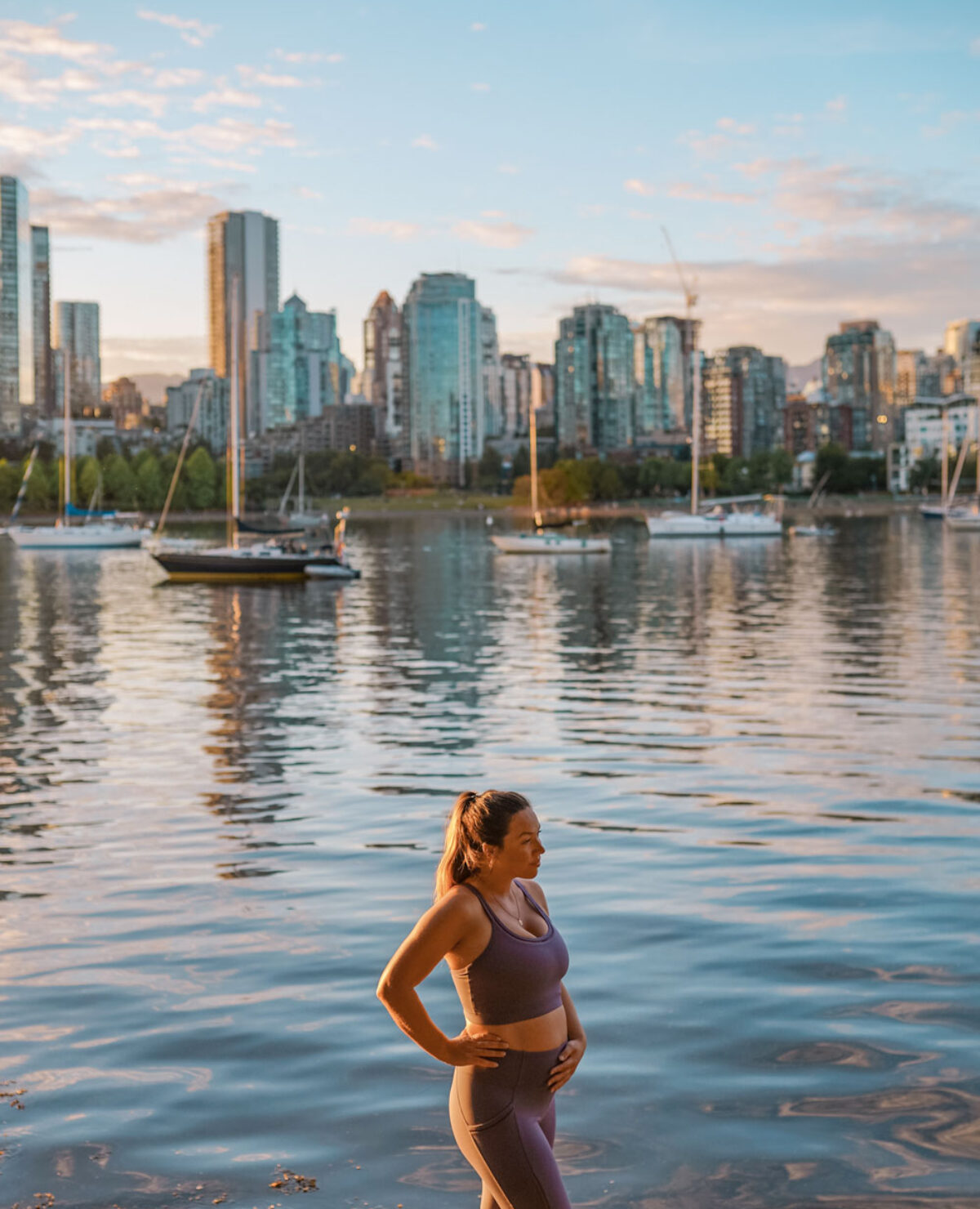
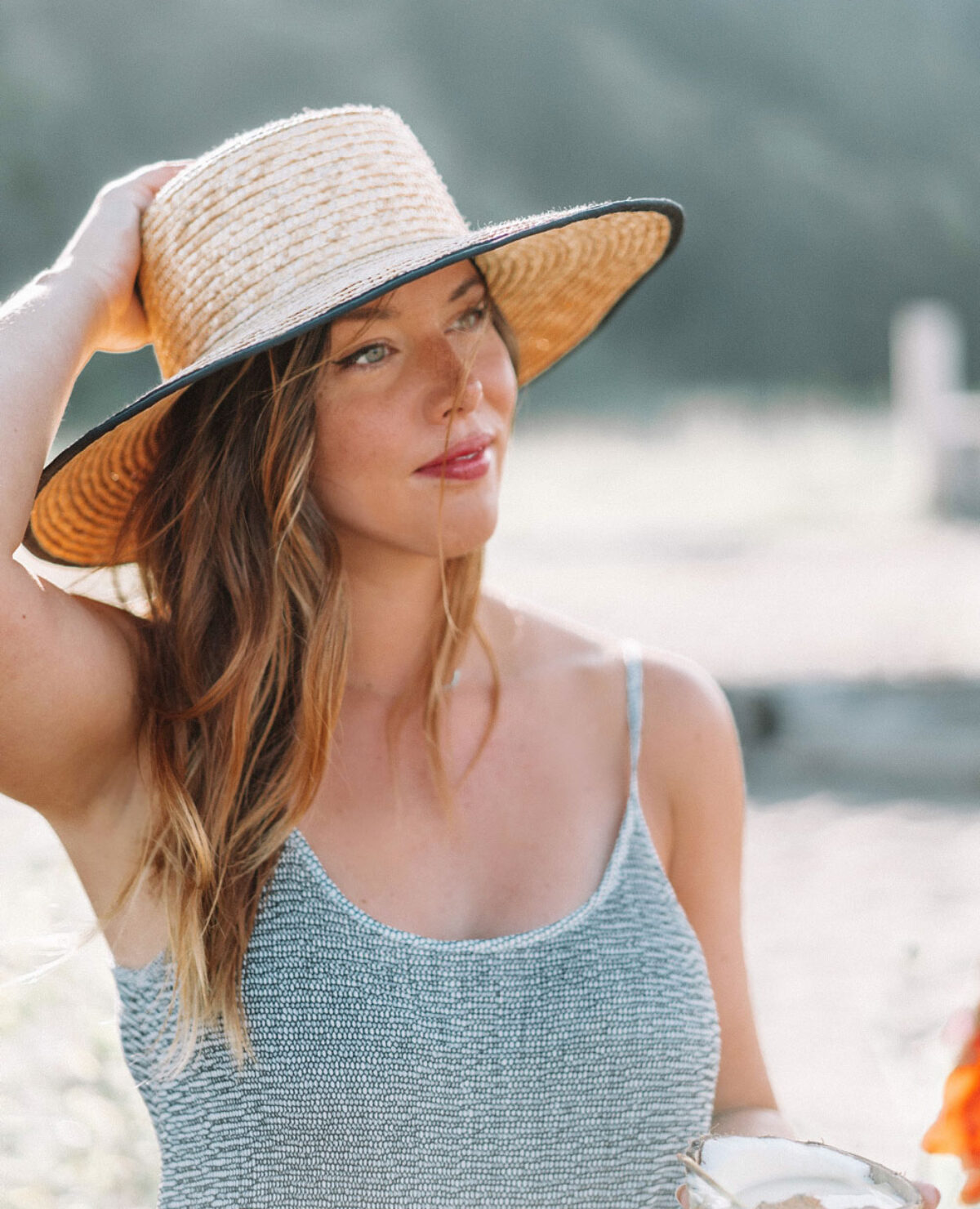
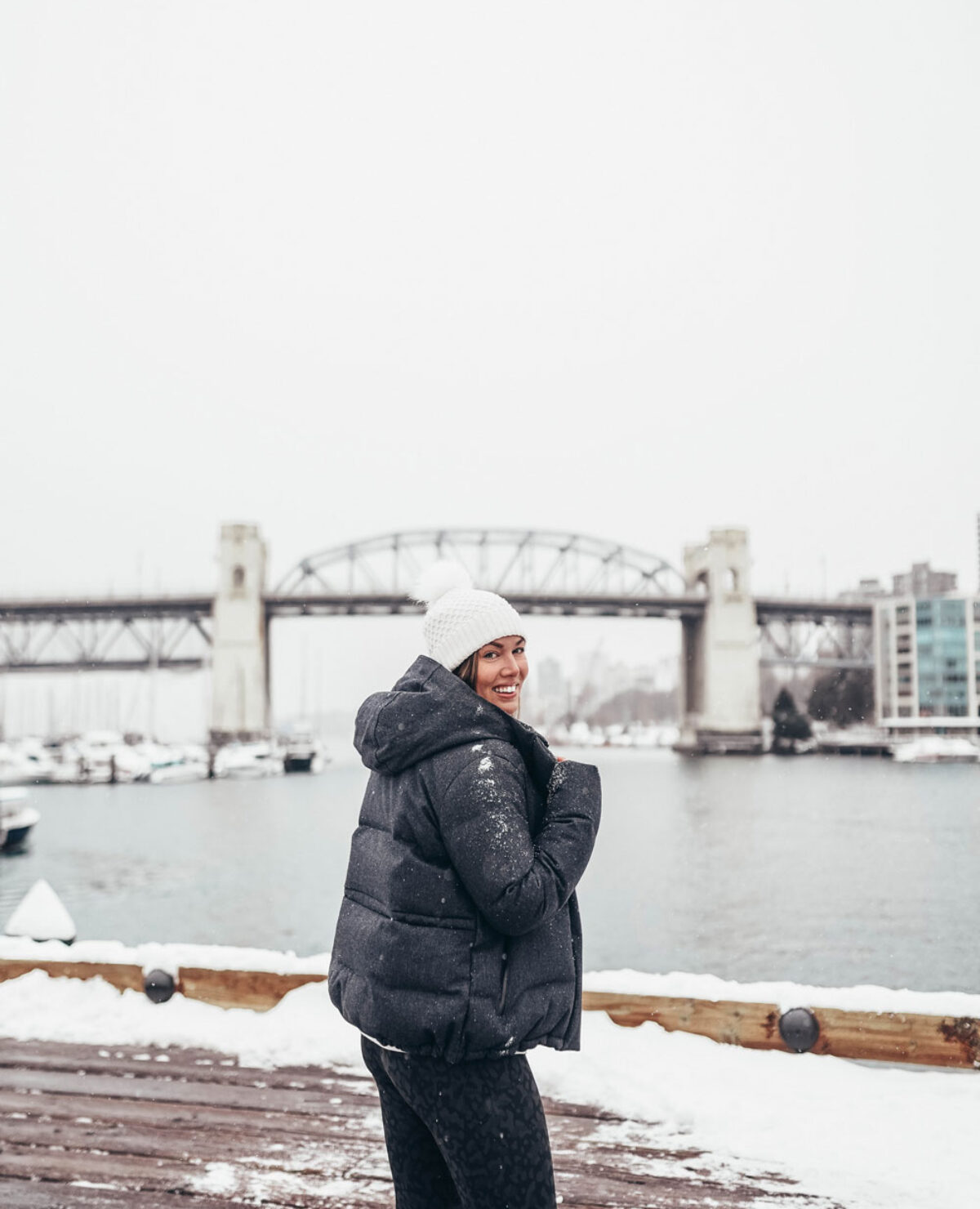
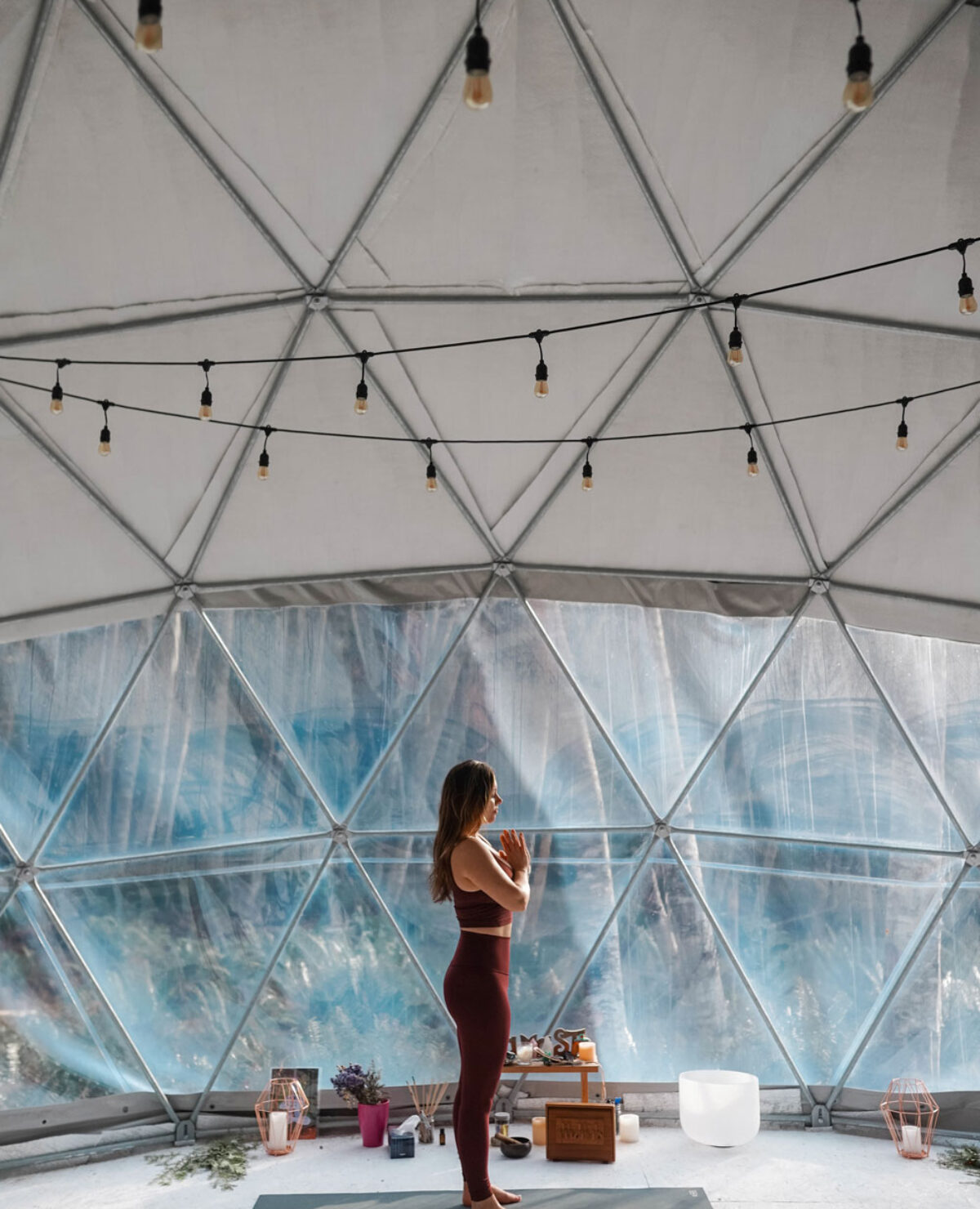

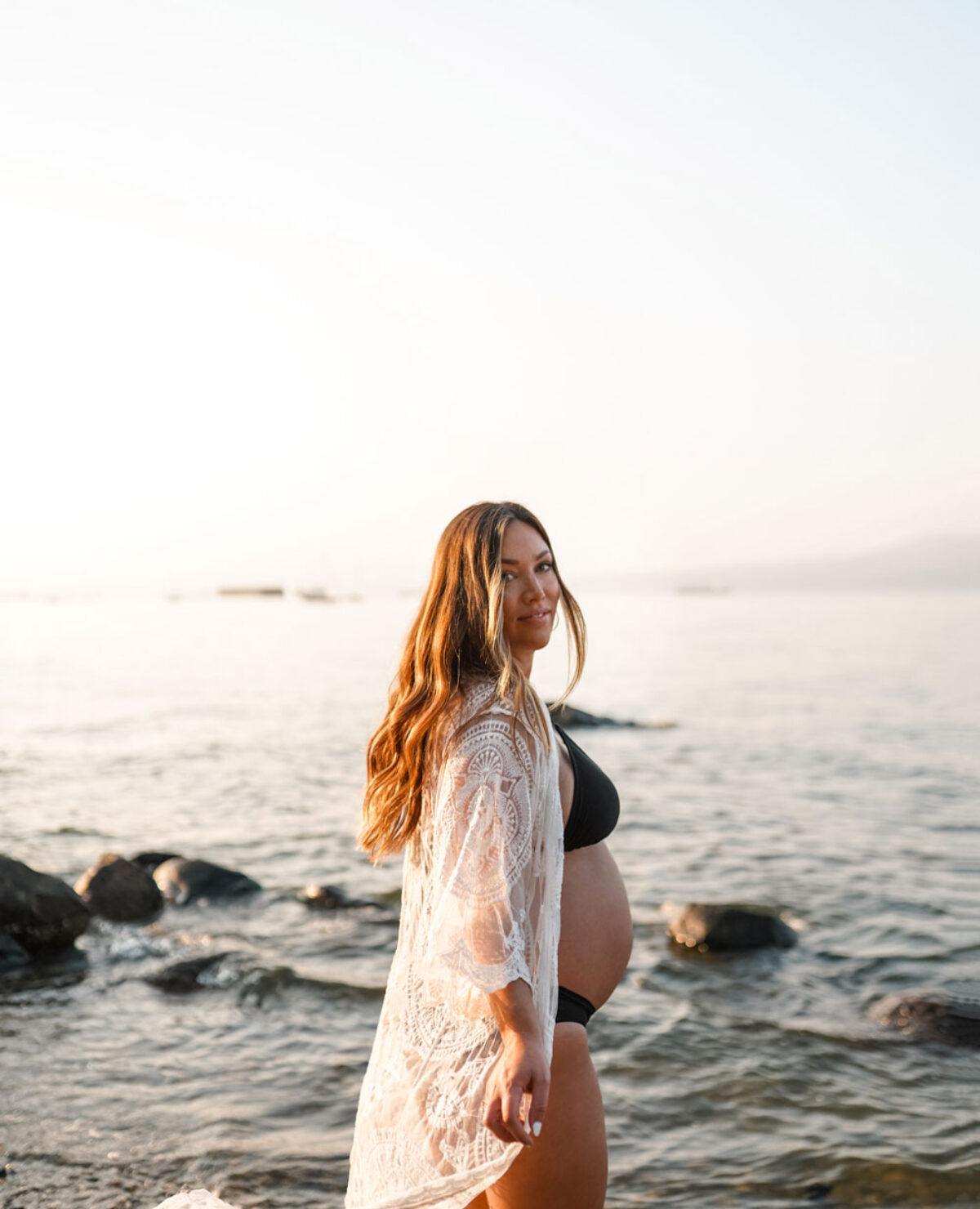
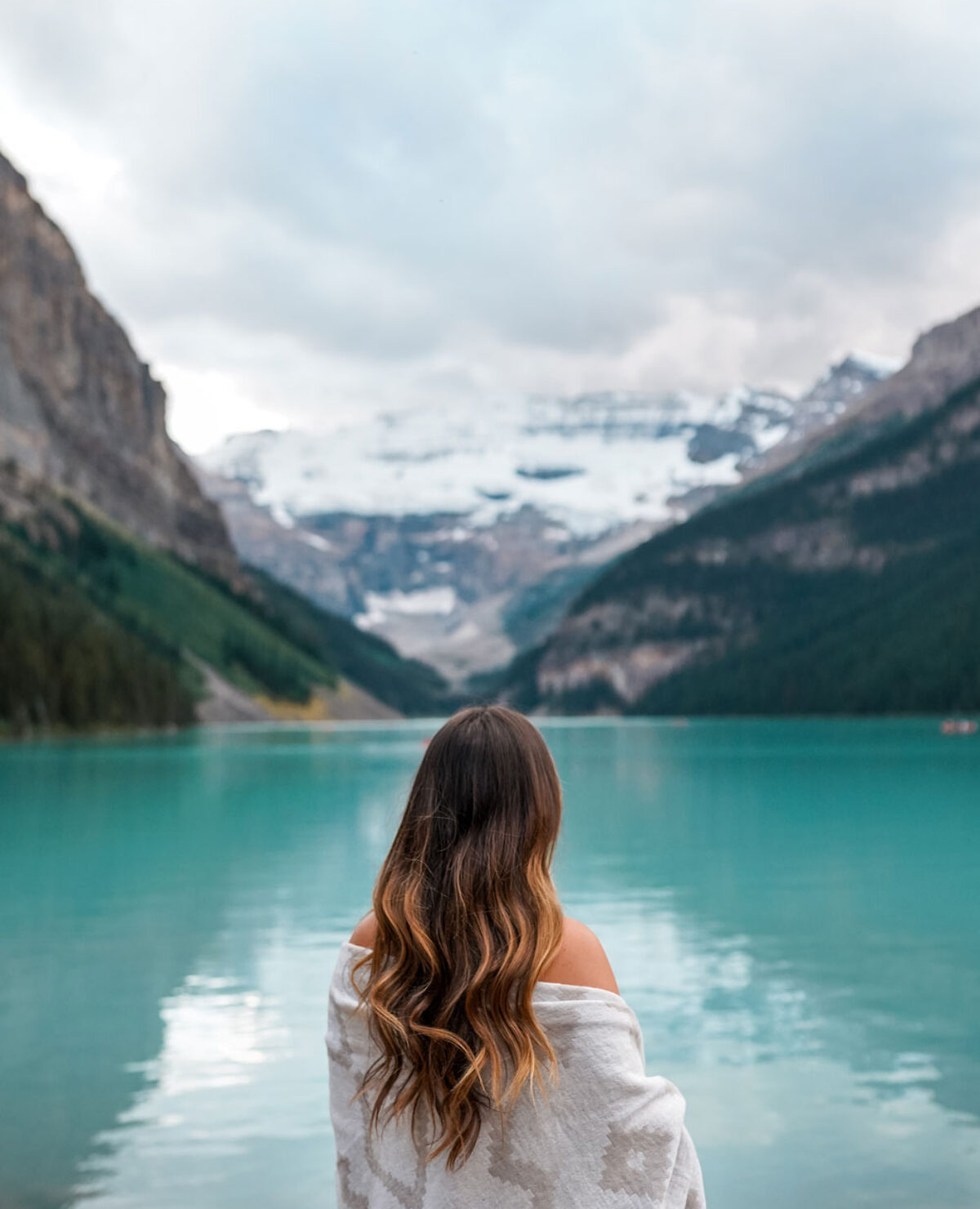

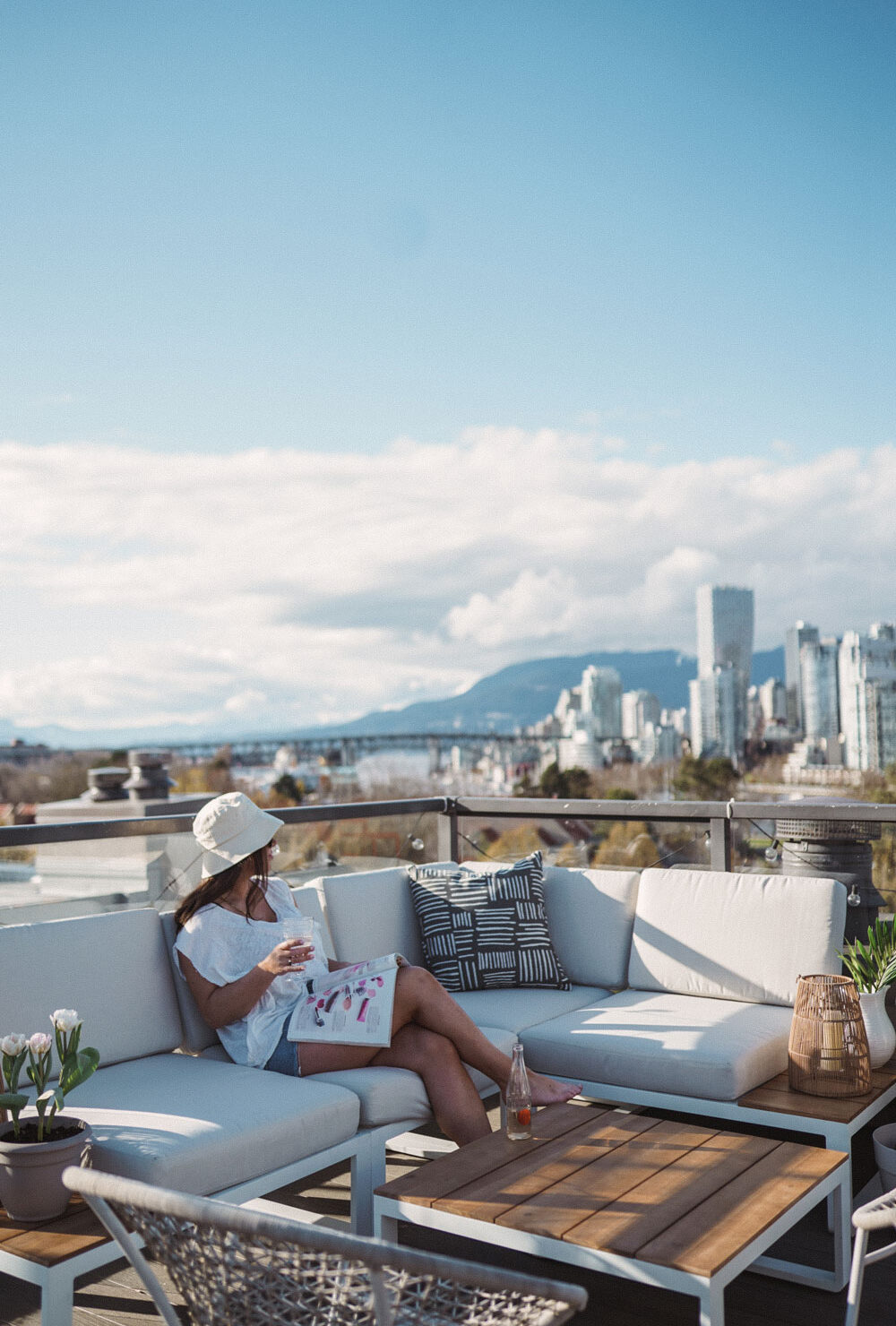

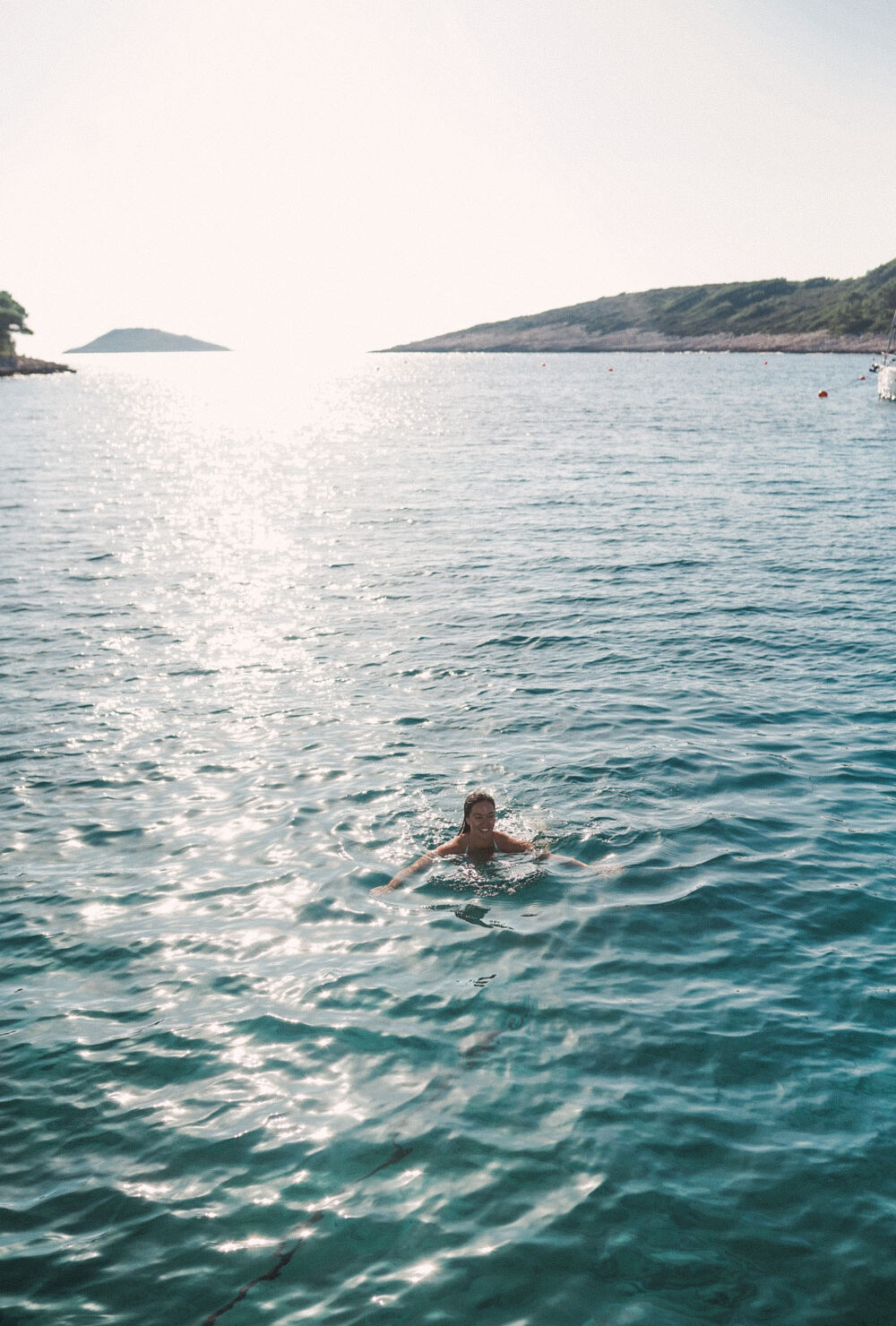
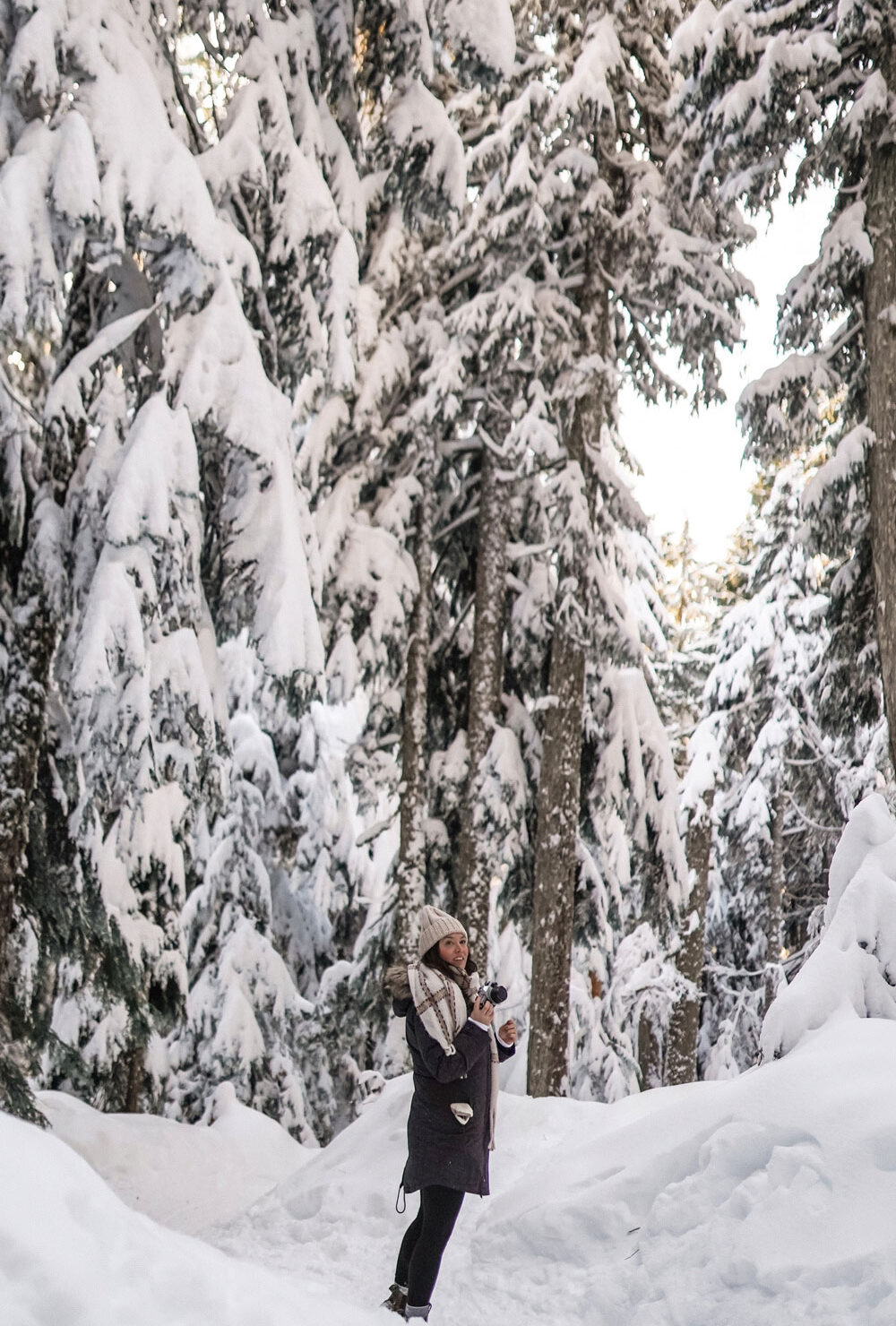

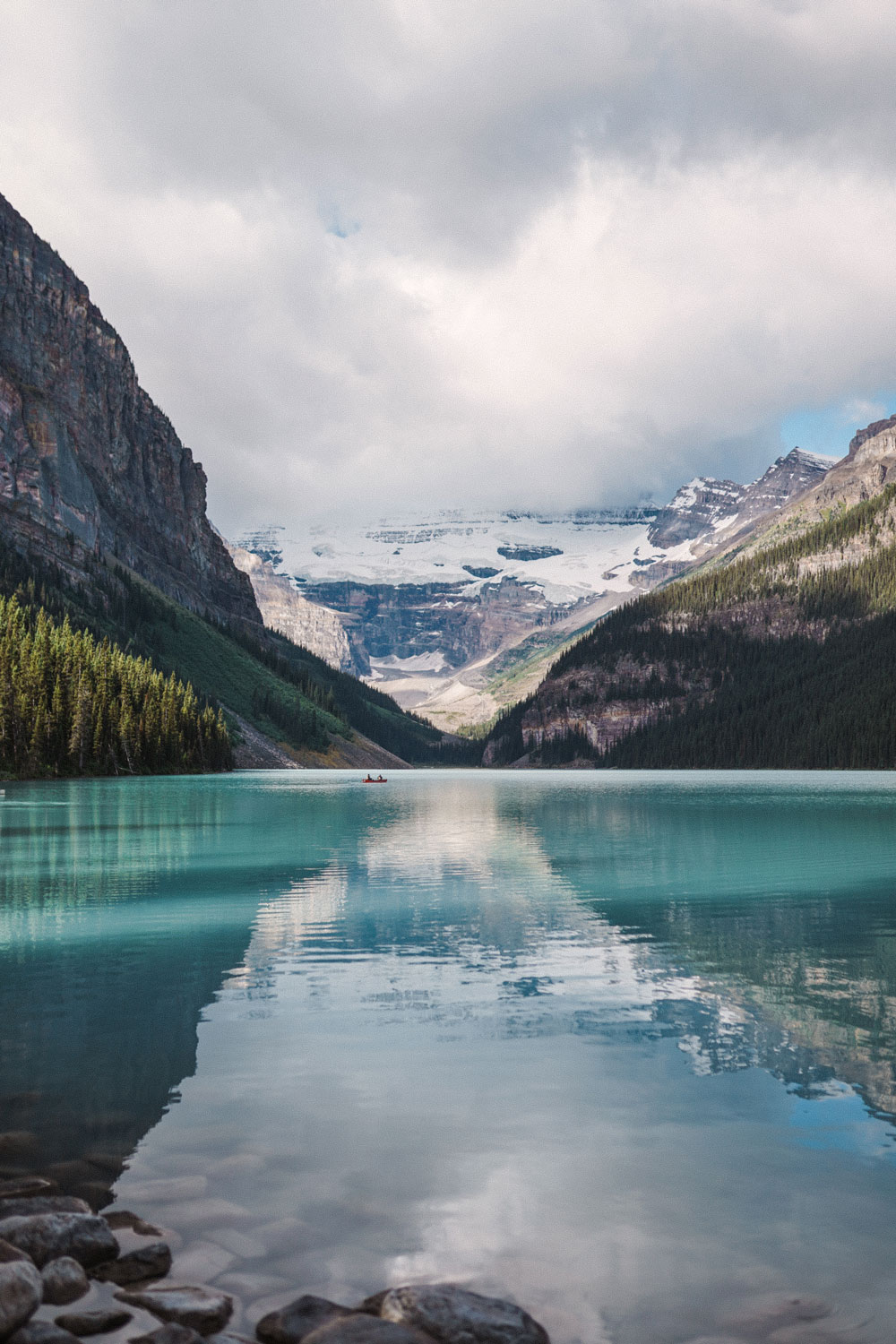
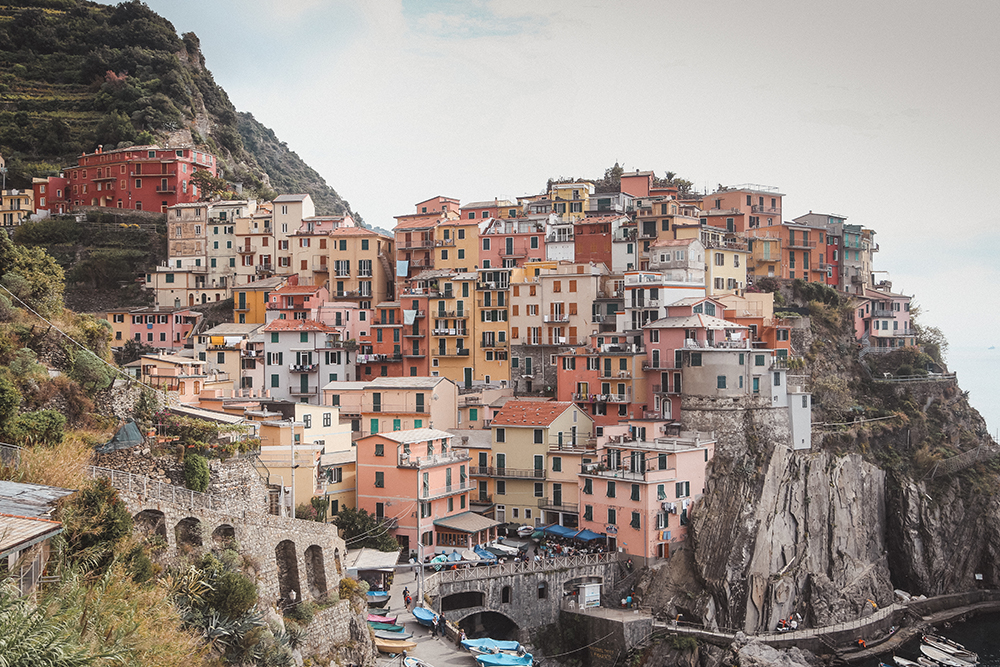

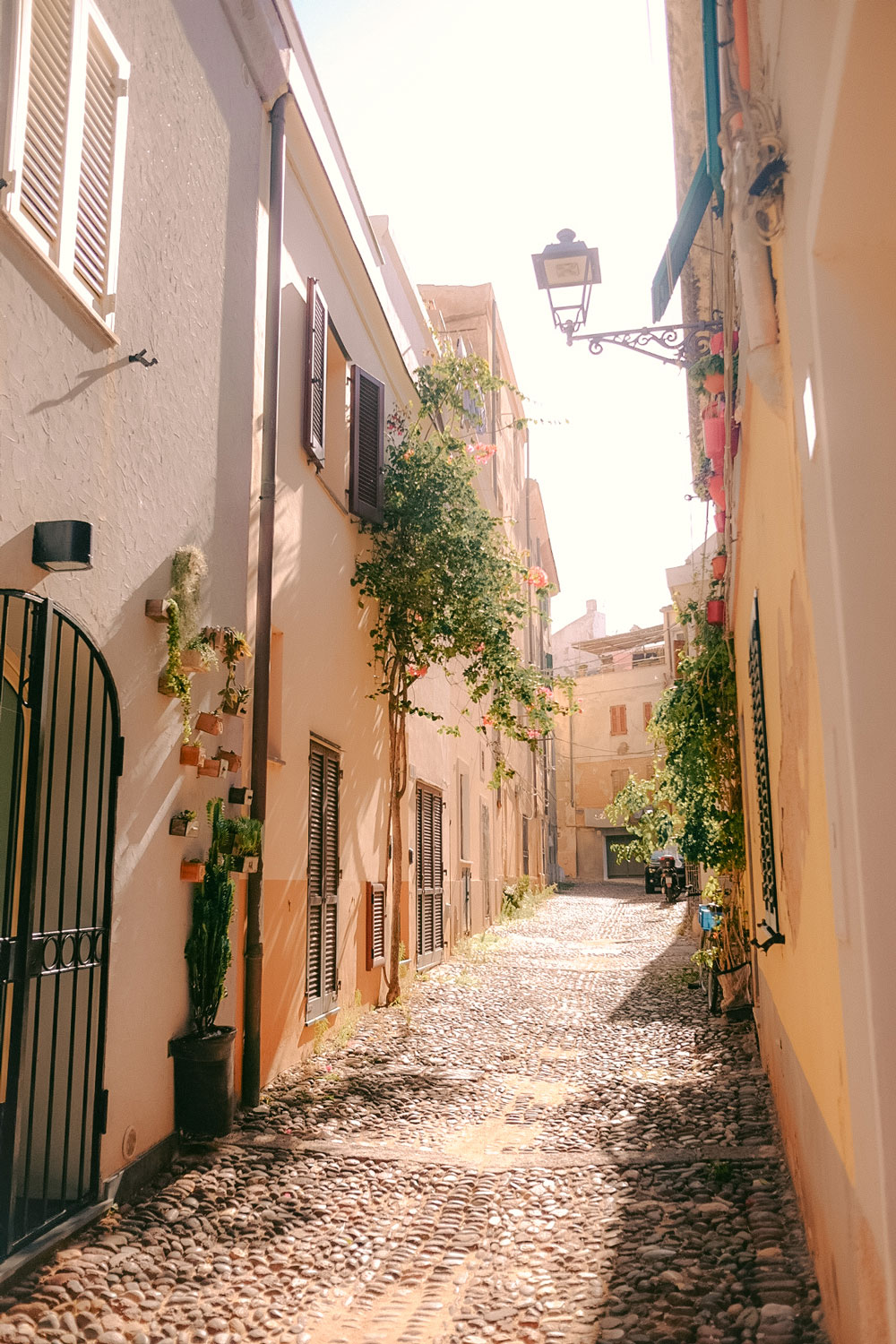
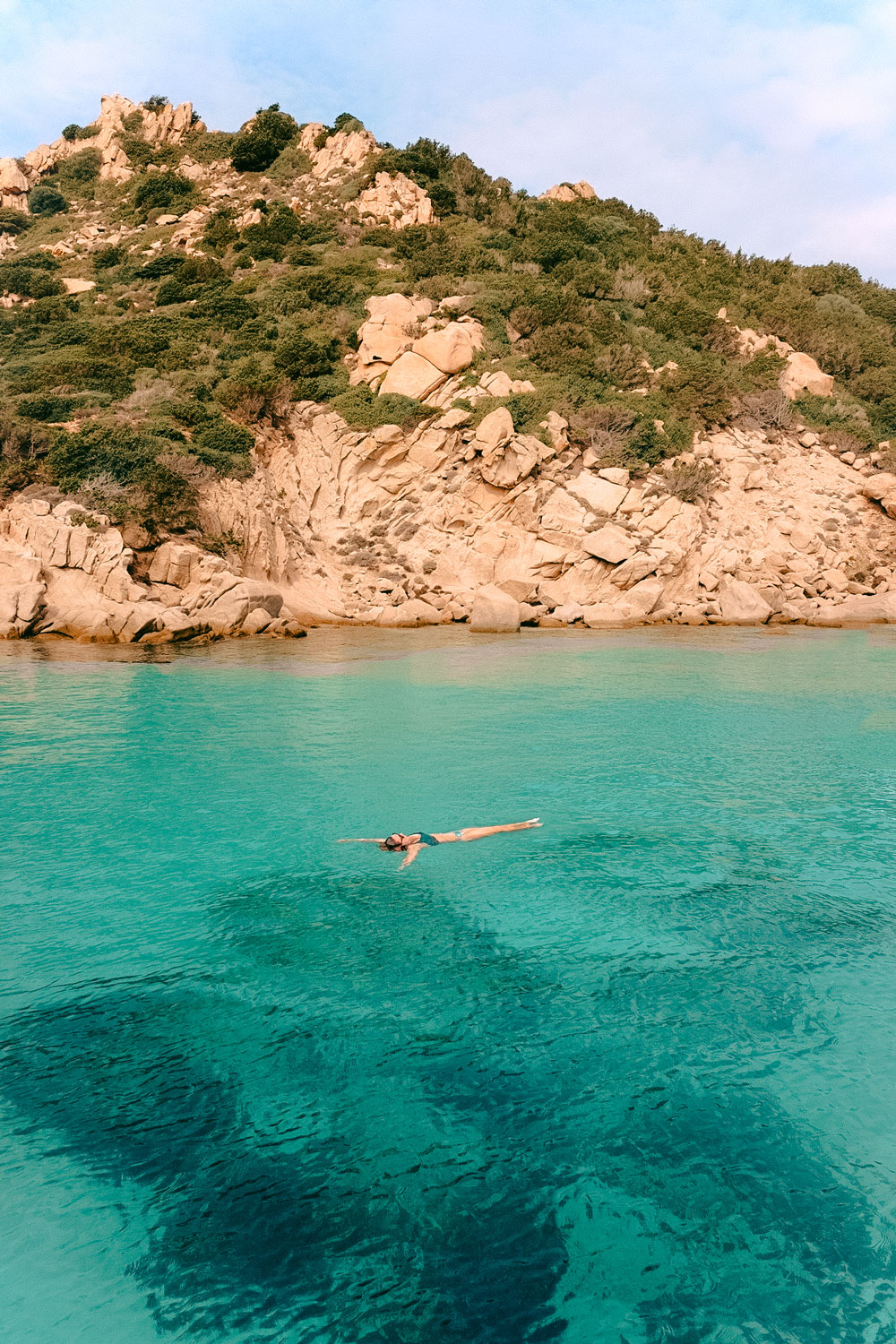
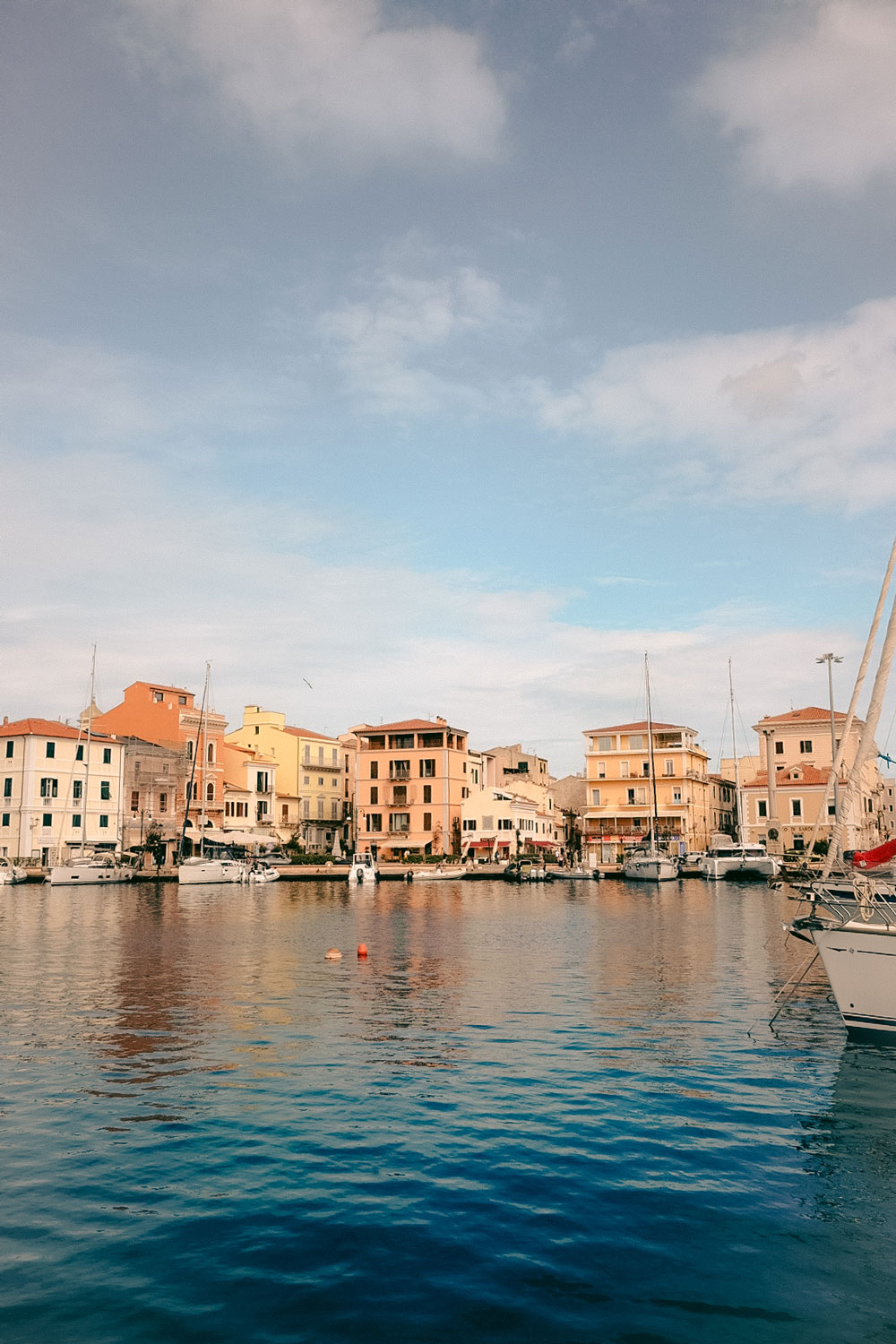

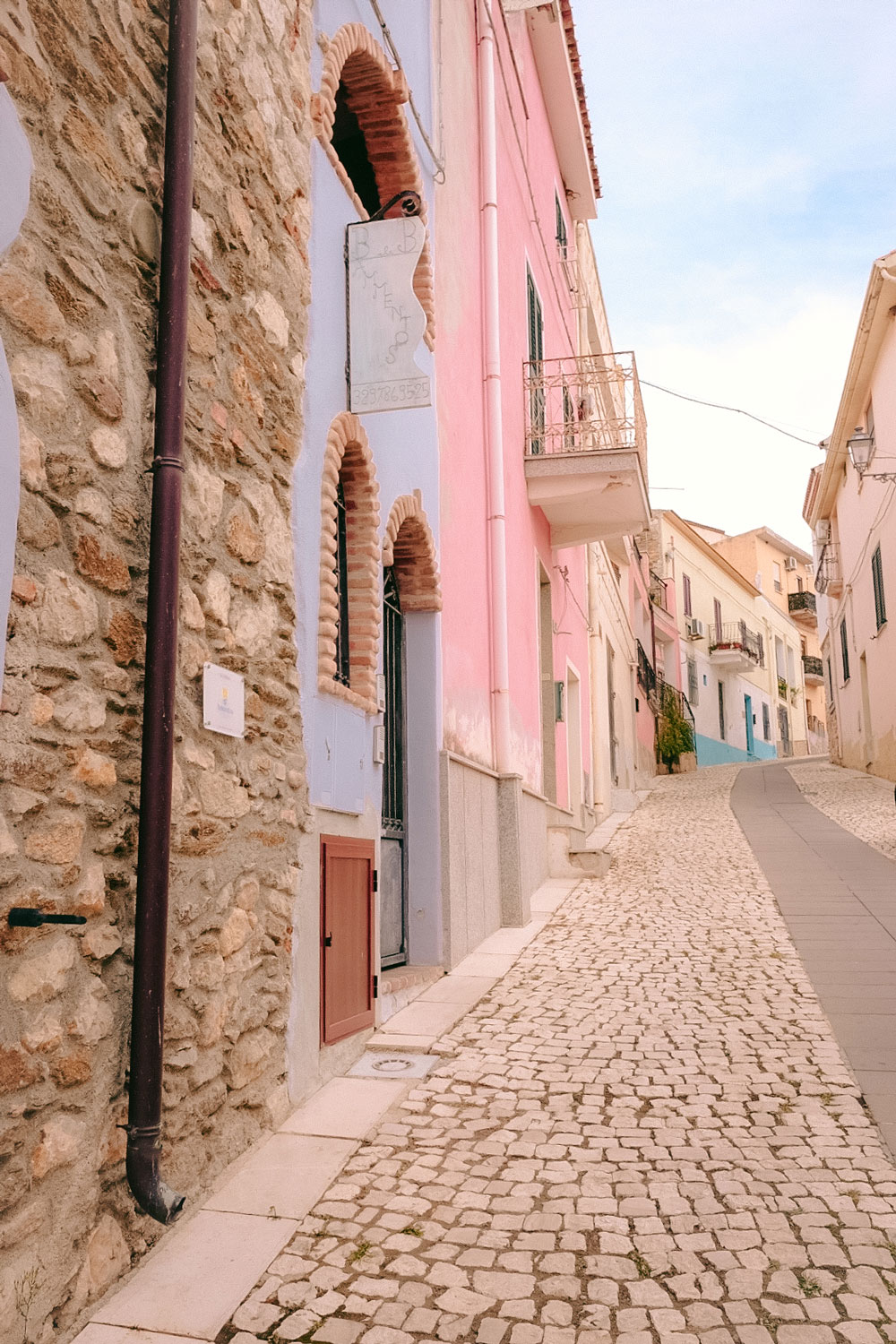
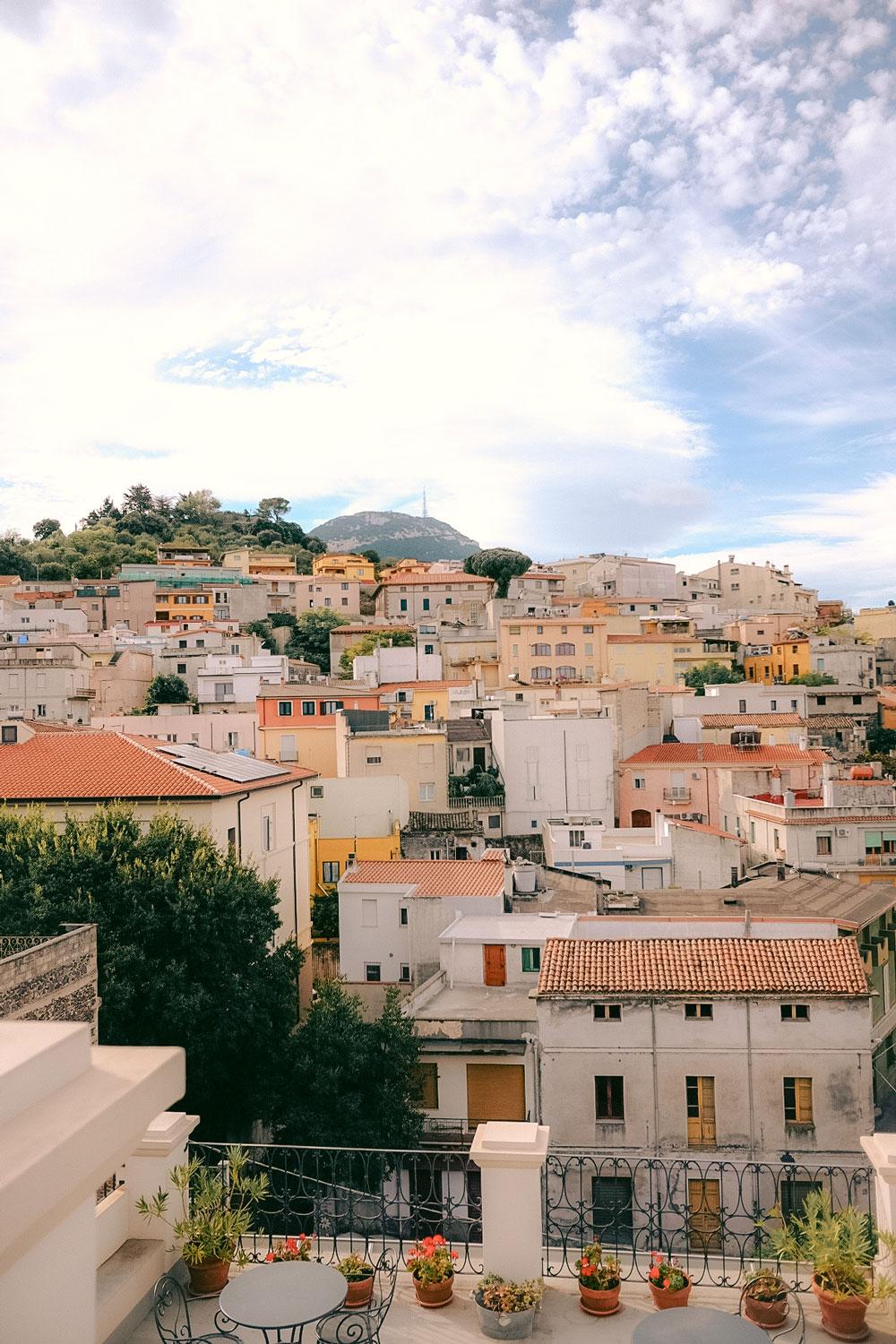
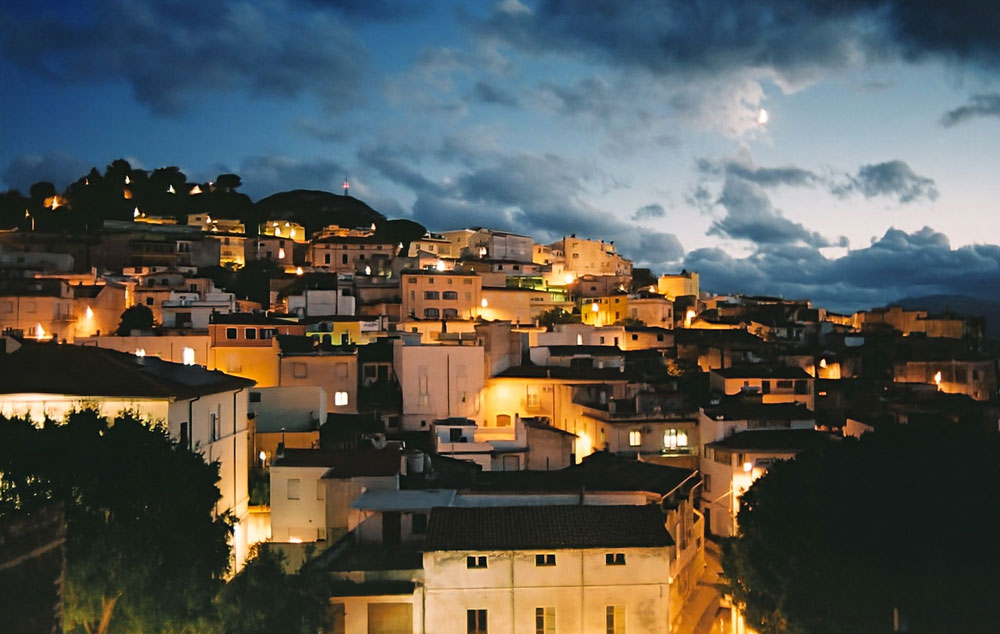
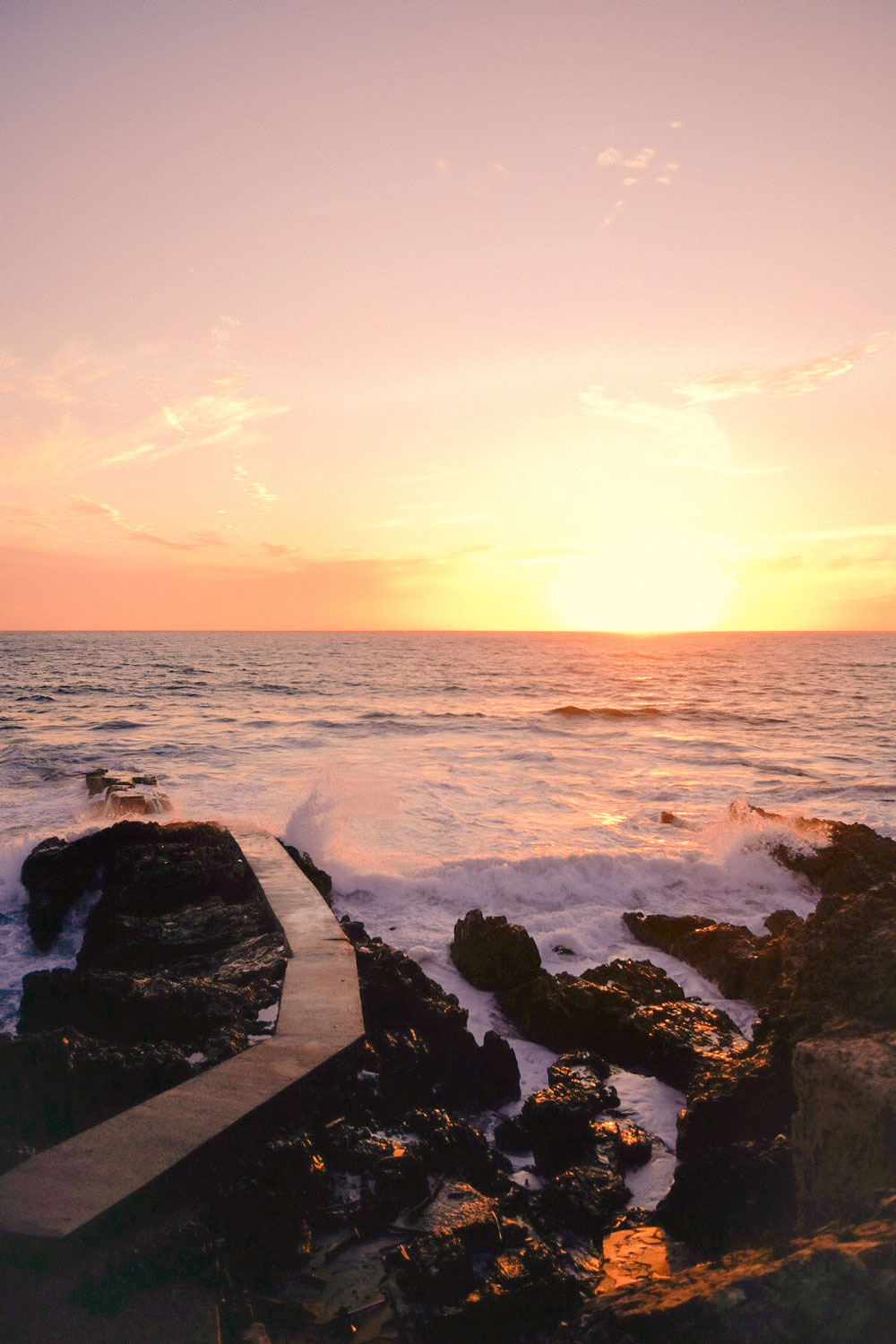
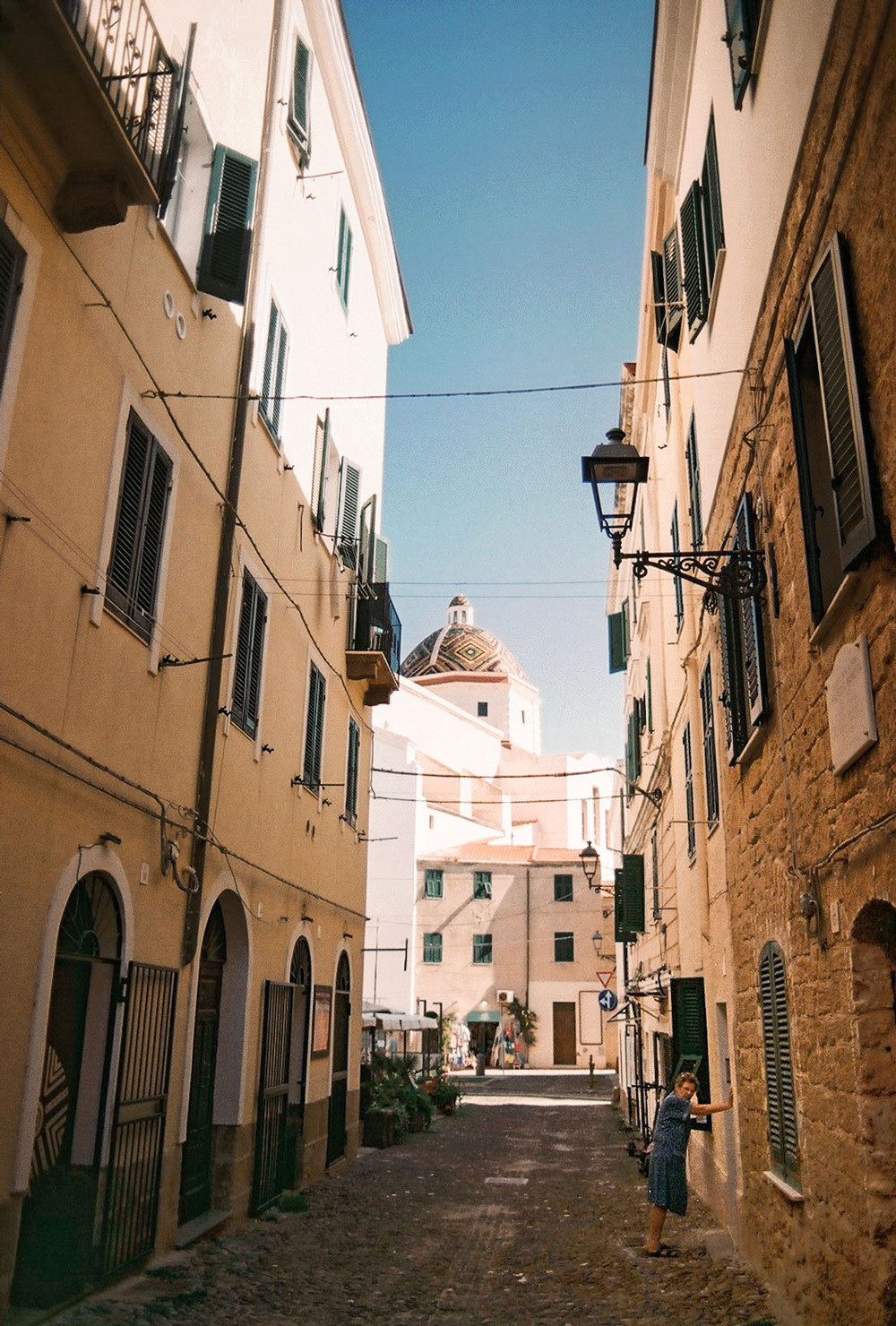
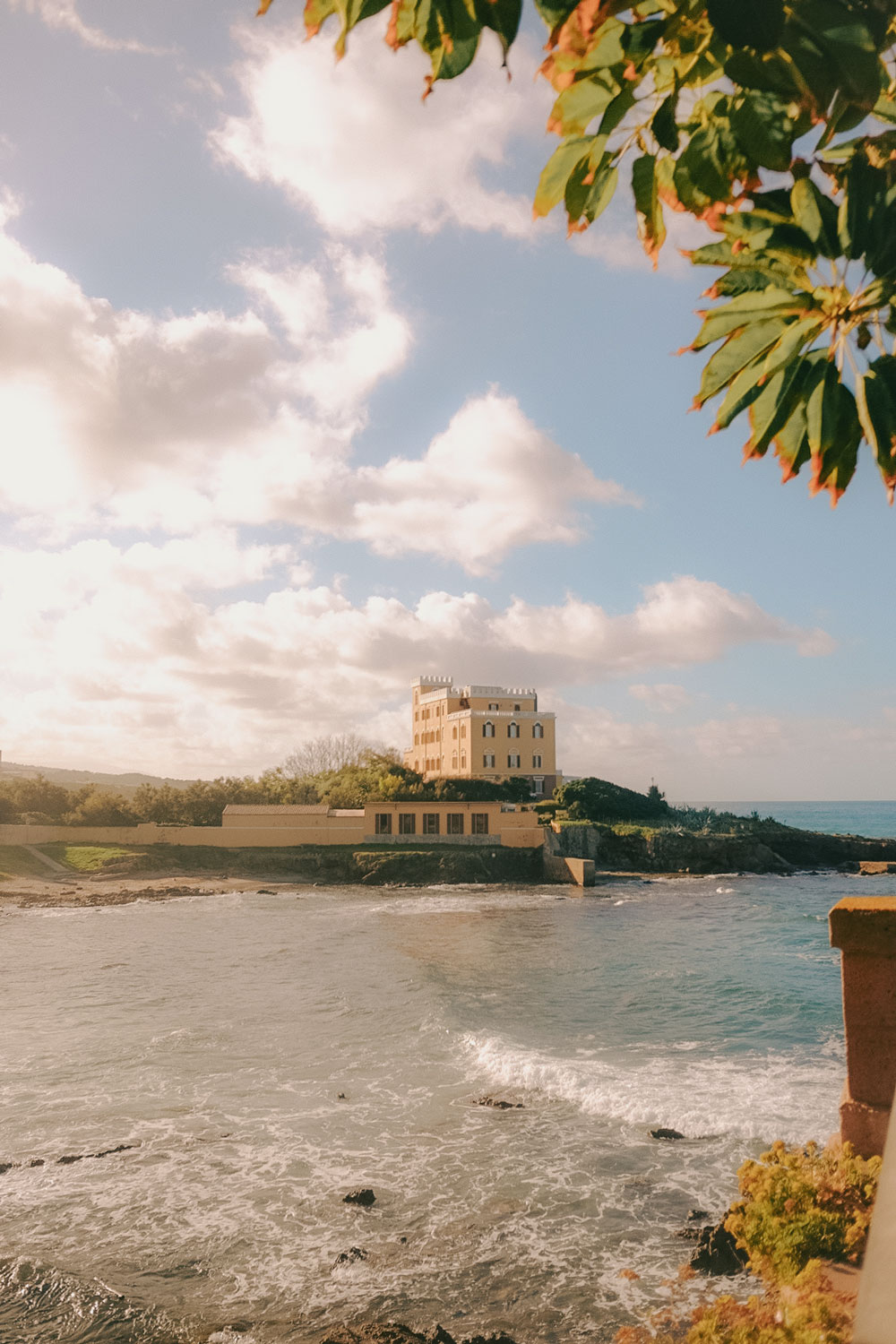
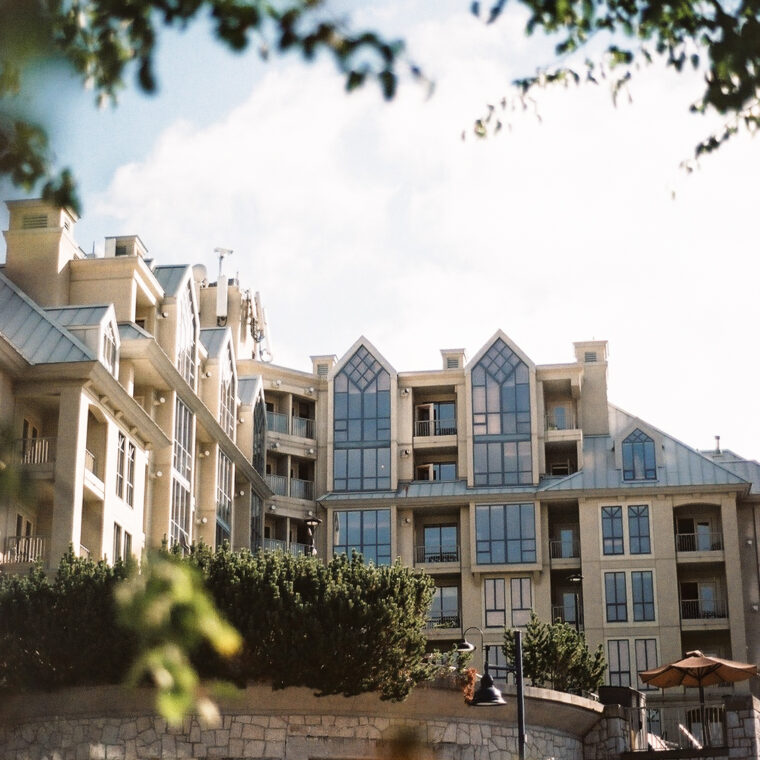



This guide is incredibly vivid and inspiring! The descriptions of Sardinias natural beauty and unique culture make me feel like I can almost swim in the clear waters and explore the ancient nuraghe myself. Highly recommend for anyone dreaming of this Italian island!